
The Marchese Lamberto di Frescobaldi with LUX Editor-in-Chief Darius Sanai
Italy’s greatest wine, and now a cult collectible, Masseto is the wine every wealthy collector wants to add to their cellar. But is it as good as its stellar reputation? At a rare tasting hosted by the Marchese di Frescobaldi in London, Darius Sanai sought the answer
Wine is often cited alongside art and classic cars as a collectible, but there are some fundamental differences between the worlds great wines and its great artworks and motors.
The most notable is its ephemerality.
You can collect and enjoy a Fontana artwork for decades; likewise, you can jump into your Ferrari F50 and tear around the back roads of Tuscany any time you like.
But to enjoy a wine, you must also destroy it, or at least consume it. A tasting of great and rare wines is a more special occasion even than visiting an art collection or driving the rarest classic in the world: these are the first and last time these particular bottles will ever be tasted.
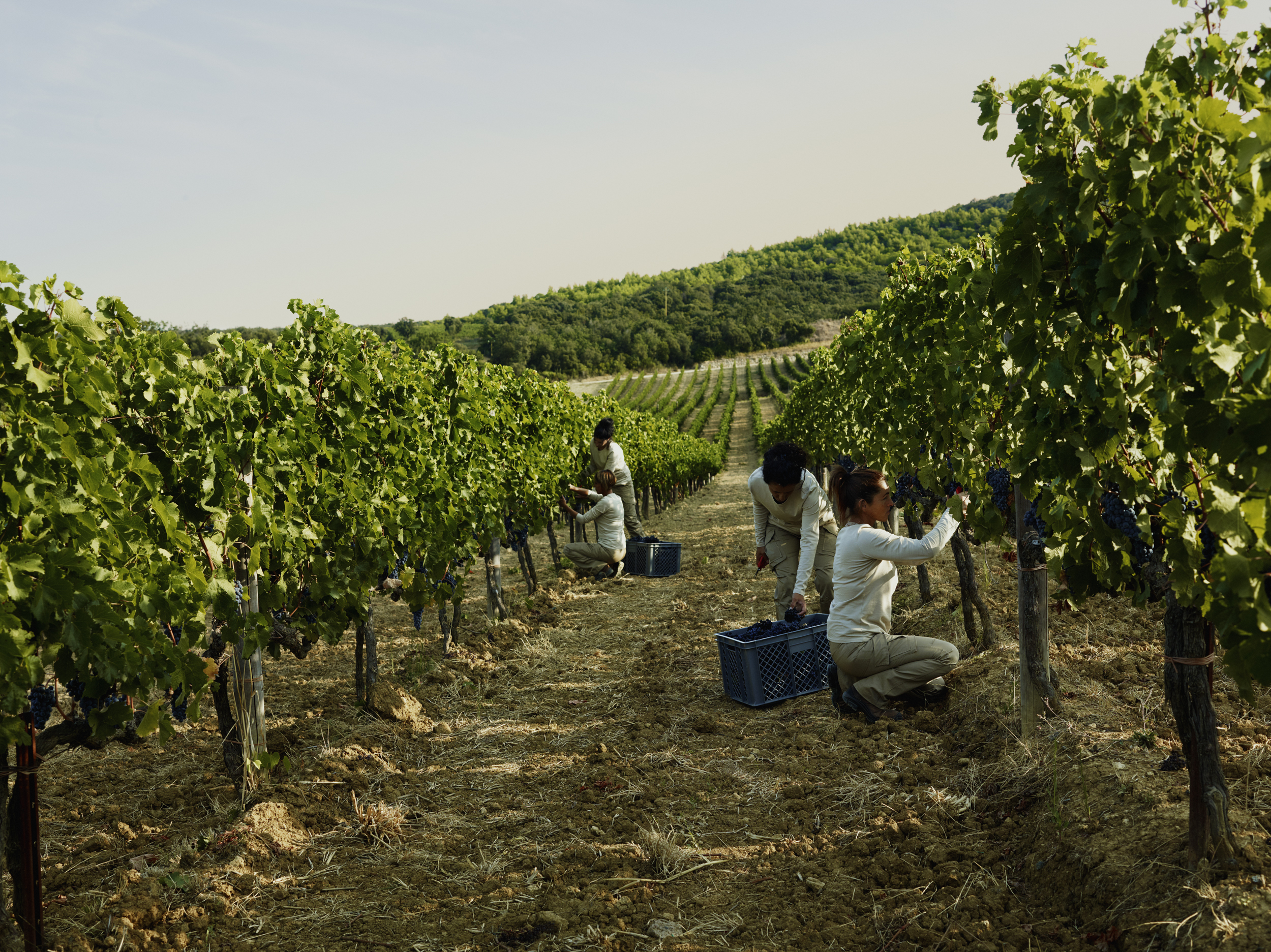
A harvest of the Masseto vineyard
That came to mind as I arrived for a pretty special tasting across 10 vintages of Masseto, which has, in just 25 years – an instant in fine wine terms – established itself as Italy’s greatest, or at least certainly most celebrated, red wine.
The price of Masseto has increased exponentially over the last few years, as wealthy collectors and consumers around the world fight for it, while production remains as limited as it ever was.
Follow LUX on Instagram: luxthemagazine
The Marchese Lamberto di Frescobaldi, scion of the ancient Florentine family, who hosted the tasting, even told us that family members were restricted to buying – not being given – three bottles a year each. And what, someone asked, if they had children, would they also get three bottles each? “No, “he replied, “your children are your problem“.
The Marchese is a lucid and entertaining host, his dry humour manifesting itself at unexpected moments so; for example, on tasting one of the rarest wines, he commented that he was going to spit it, as professionals do, into the spitoon provided, but then decided to “spit backwards”.
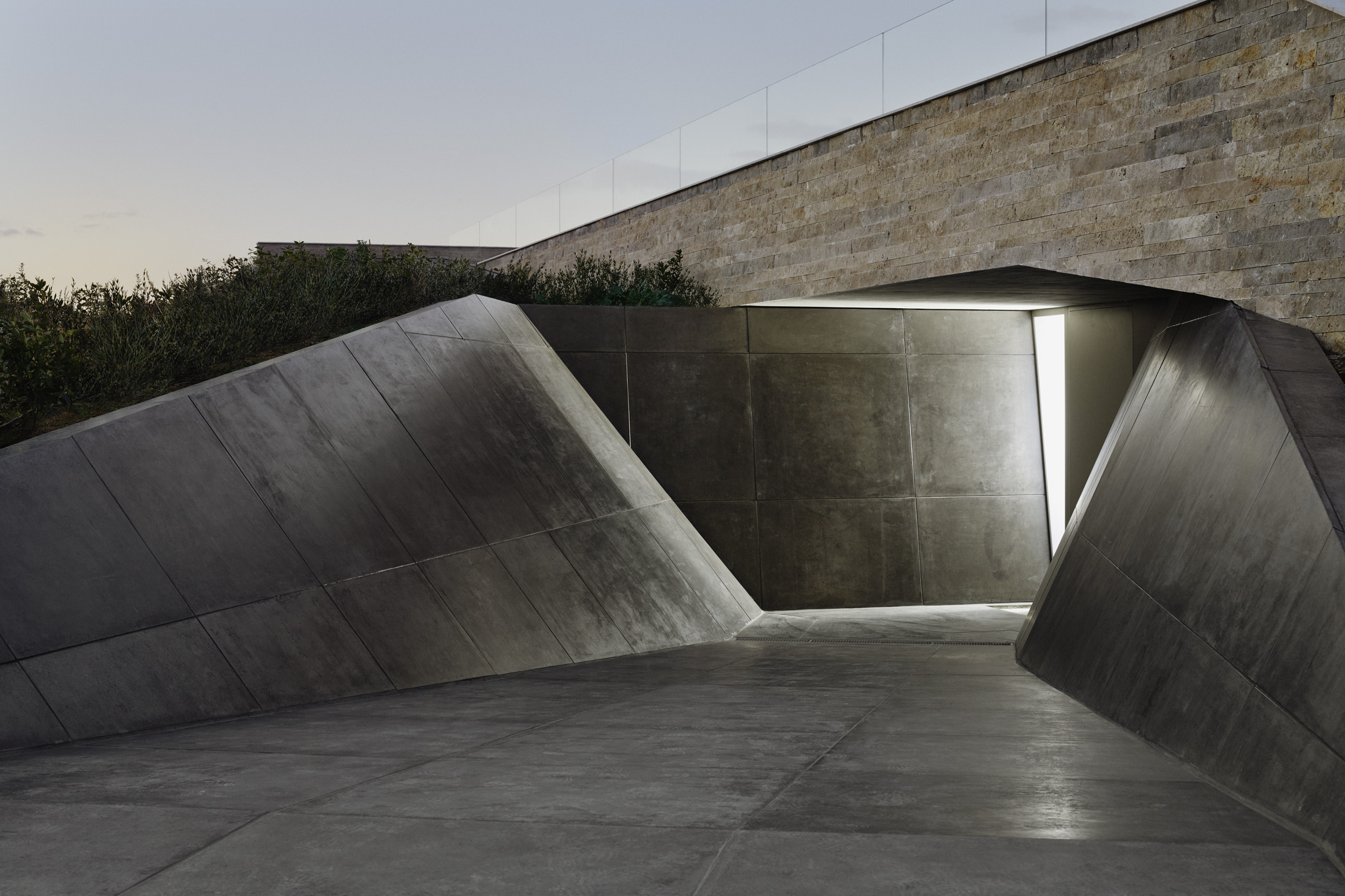
The futuristic construction of the entrance to the Masseto winery
Masseto comes from a very interesting vineyard location, a little plateau very close to the coast in Tuscany, so near that you can see and feel the sea from some of the vineyards. To the other side are the endless forests of the Massa Marittima, beyond which is Tuscany’s more arid interior and other famous wine areas such as Montalcino. Although the climate has become warmer in recent years, sea breezes and summer rains allow Masseto to have that unique combination of richness and freshness, combined with all its other elements.
But what makes a truly great wine, and does it really deserve to join the pantheon of global legends, such as Château Latour and Domaine de la Romanée Conti?

The Masseto plot is unique; a hill of almost 7 hectares with blue clay soil, with some layers of clay rock-hard and forming solid boulders.
Assessment from critics is one element, and so is the ability to age. We won’t know about the latter definitively for a few decades at least – the first vintages appeared in the late 1980s– but we tasted vintages back to the 1990s , on this elegant occasion, the first for several years given by the house. And the wines were, overwhelmingly, magnificent, and also showed a remarkable variety between vintages and ability to develop character and complexity over the years.
Masseto is a delicious wine – something that cannot always be said of the worlds great wines, some of which are rather austere – but it is also a magnificently sophisticated one, combining qualities rarely found together in a bottle – if ever. It has a character and profile all of its own. For those reason it certainly ranks among the very greatest.
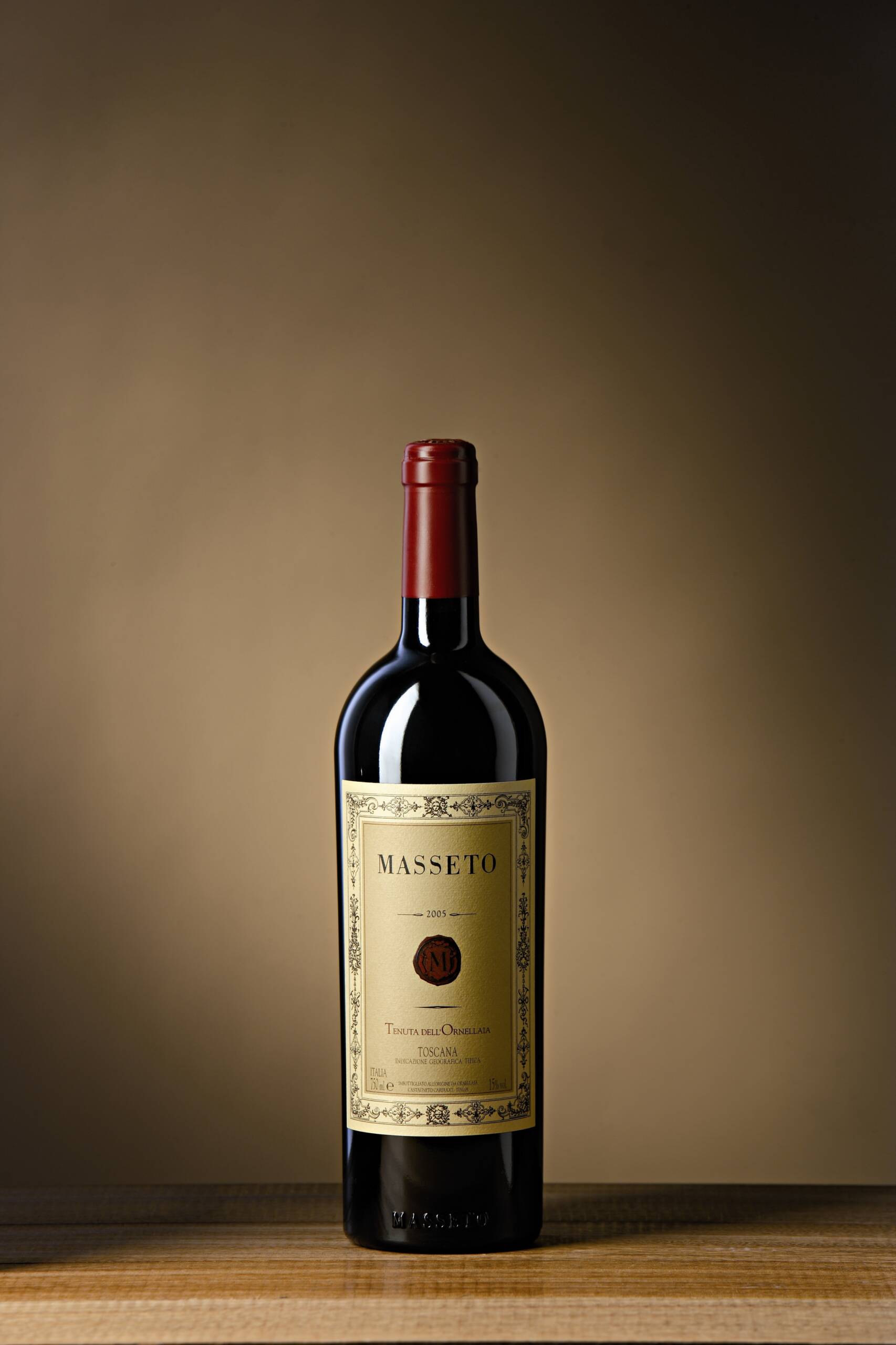
A Masseto vintage from 2005, one of the many featured in this evening of tastings
Tasting notes by Darius Sanai
Masseto 2021
Like sitting on the highest spire of the Duomo in Milan and looking at Monte Rosa and the Alps, deep in snow, in the distance
Masseto 2016
This wine is being on a Riva, on a still June day on Lake Garda, and hearing the bells of the little church at Bardolino ringing out across the water: it has warmth, freshness and soul
Masseto 2015
Have you ever arrived at La Scala in Milan, in your tuxedo or couture gown, in a Blu Chiaro Metalizzato Ferrari 575 (manual gearbox version), swept up the red carpet and sat in a box to hear Placido Domingo perform Tosca? The Masseto 2015 is that whole experience, in a bottle; but don’t experience it for another five years
Masseto 2013
The delicacy of a Murano glass combined with the richness of palette of its hand-painted colouring
Masseto 2009
Lunch on a July day on the terrace at the Splendido in Portofino. It’s a rich wine, from a hot year, but somehow still has life and complexity, no heaviness
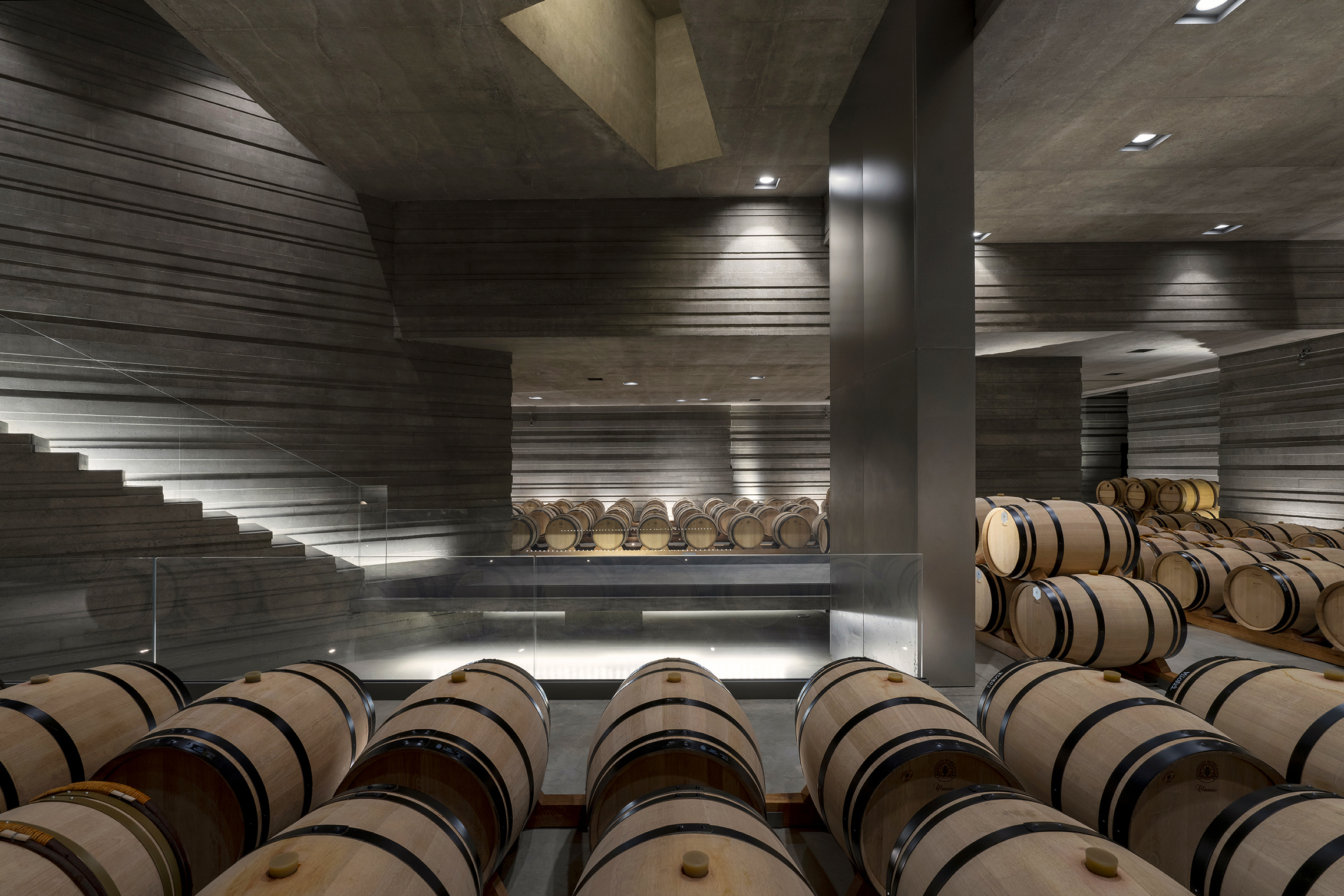
A view of the Masseto cellar, which stores the range of vintages tasted by Darius Sanai
Masseto 2006
Isabella Rossellini in Blue Velvet. Mysterious, difficult, then seductive and transfixing
Masseto 2005
“Tradition is the soft landing of our fears” – Lamberto Frescobaldi. This quote intrigued me so much that I forgot to make any notes about this vintage. Lamberto was speaking about how wine estates need to adapt and change.
Read more: Cristal evening with Louis Roederer’s Frédéric Rouzaud
Masseto 1999
At 25 years old, this wine is Walter Santeso, playing Paparazzo, in La Dolce Vita. A classic, that’s all
Masseto 1996
If a great wine is one that keeps evolving with age, this is a true great. On blind tasting I would have had it down as a Cheval Blanc, such is its power and delicatesse, and ability to keep evolving, and its perfume
Masseto 1995
Sophie Loren in Two Women, with a kind of unbridled joy of sophistication

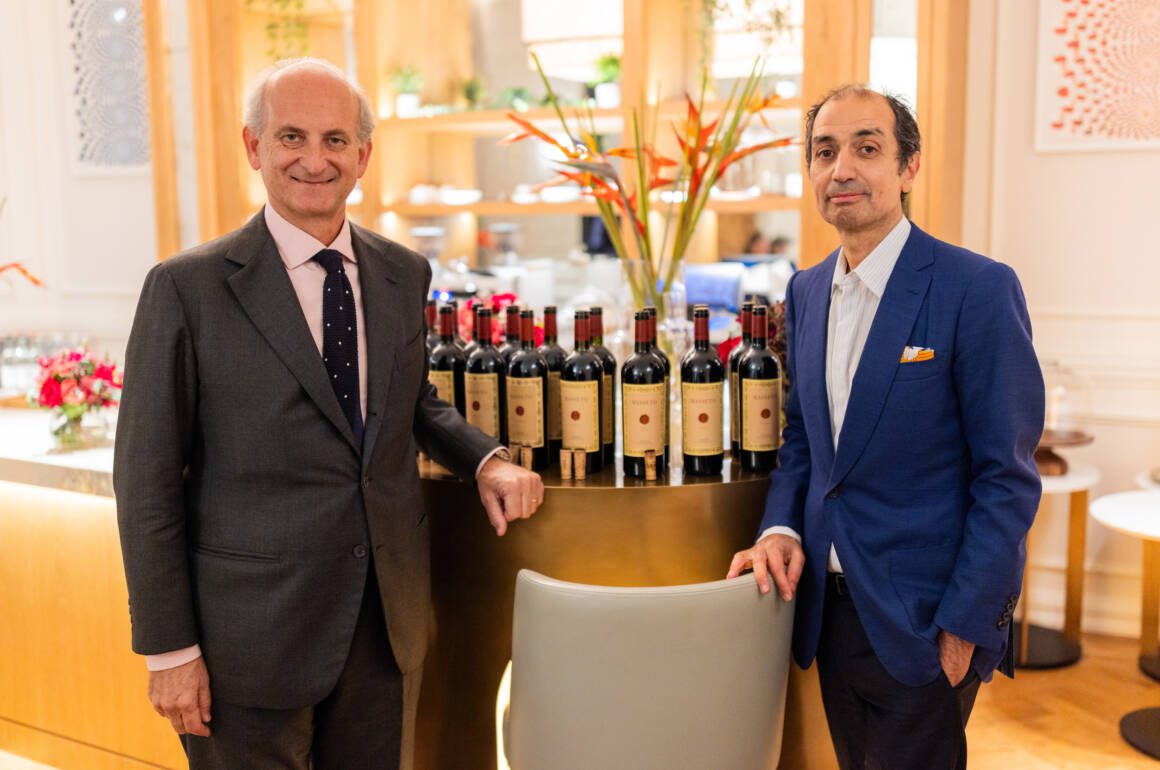
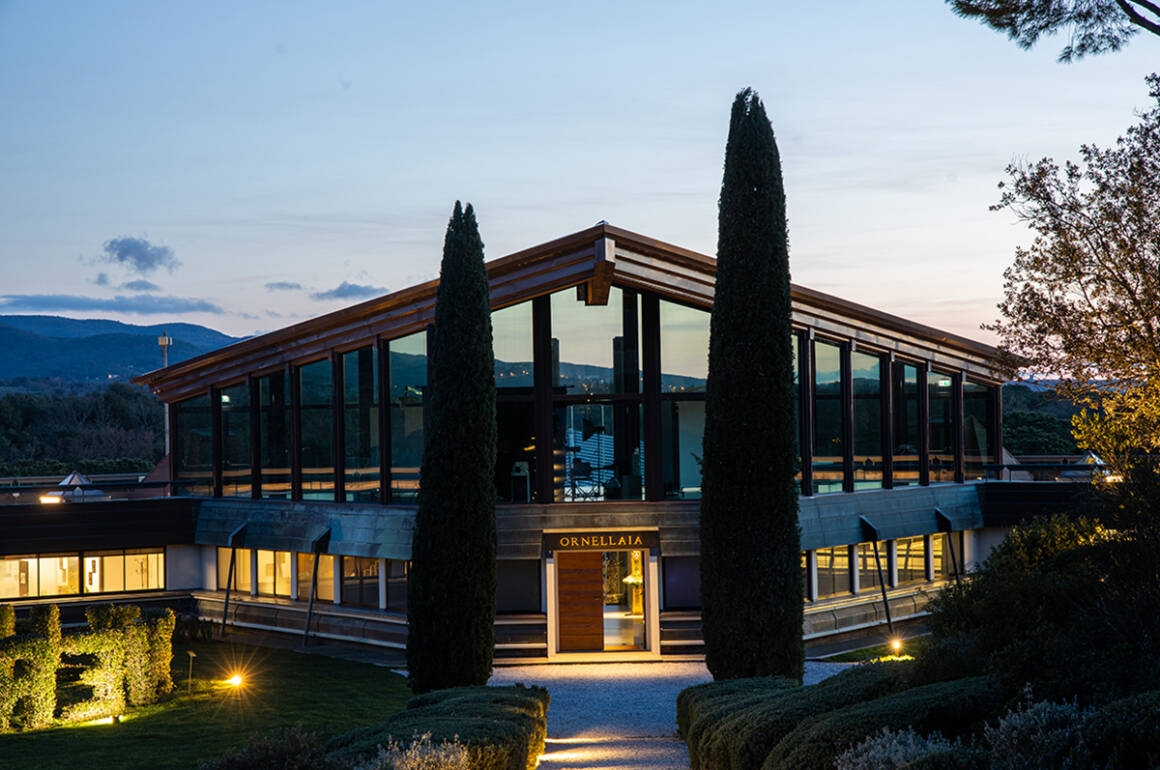
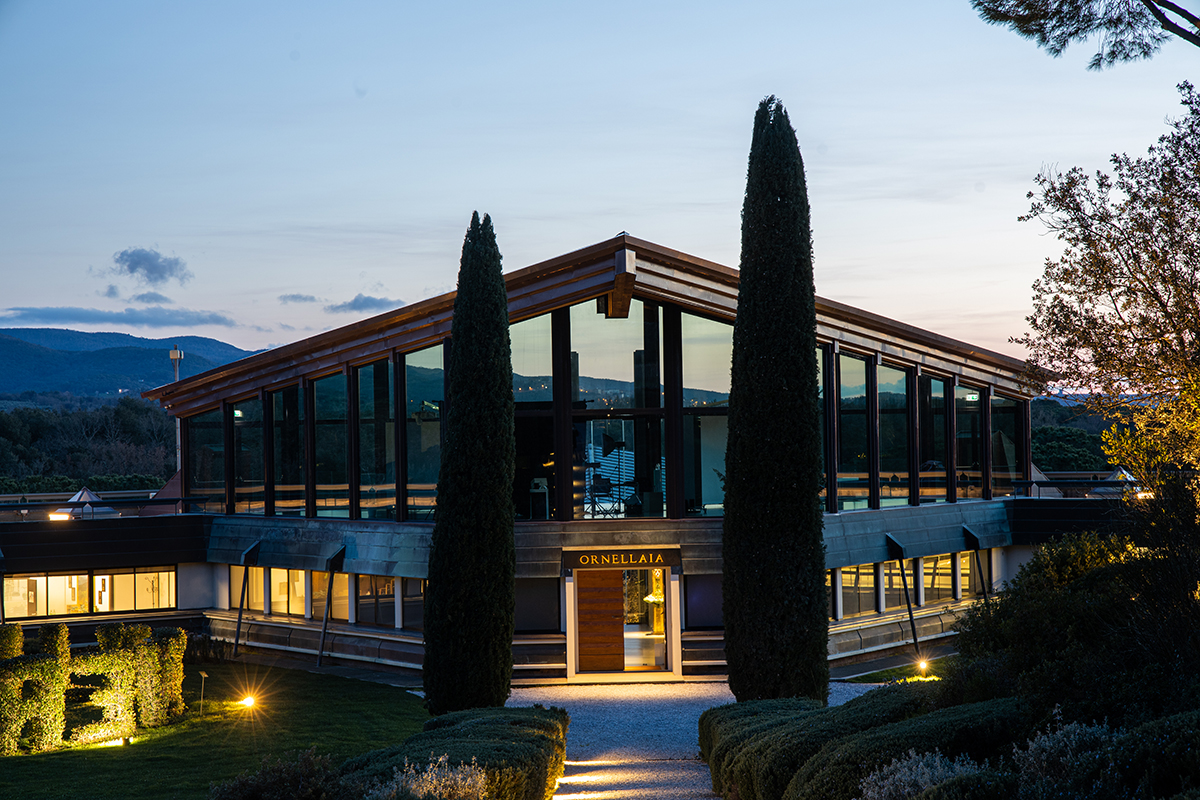
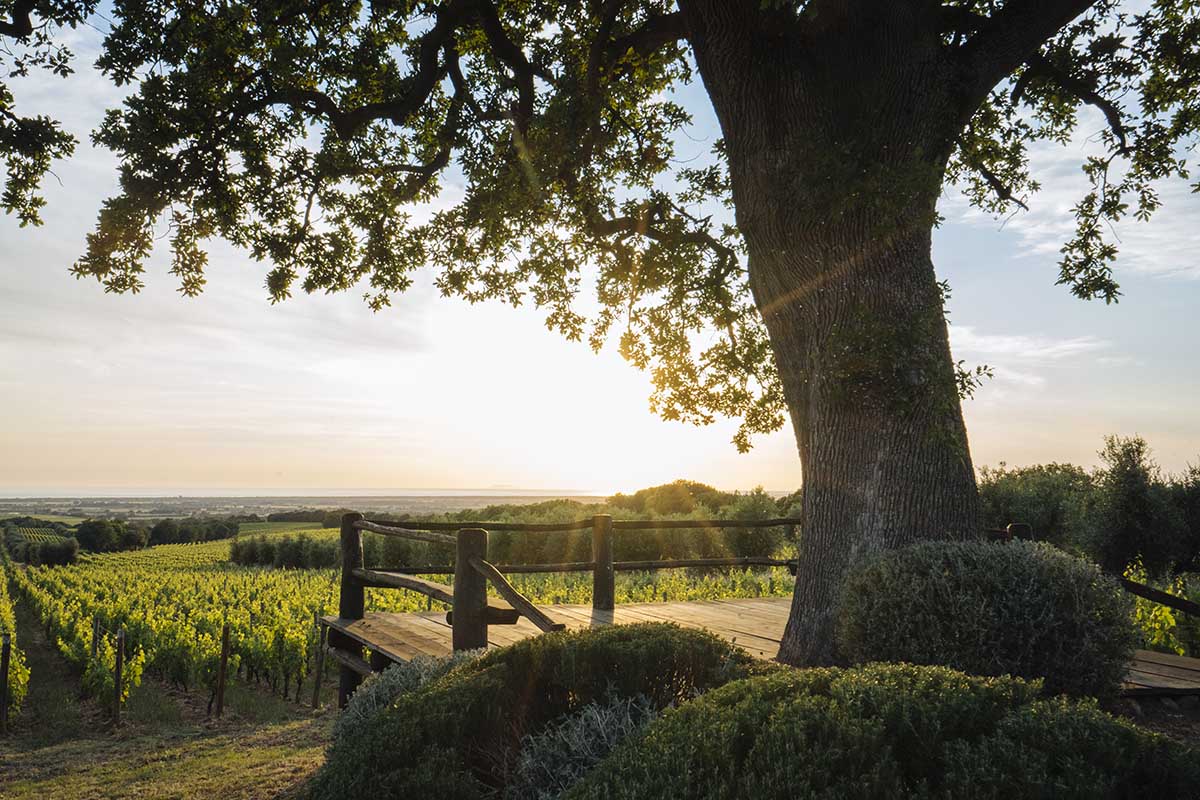
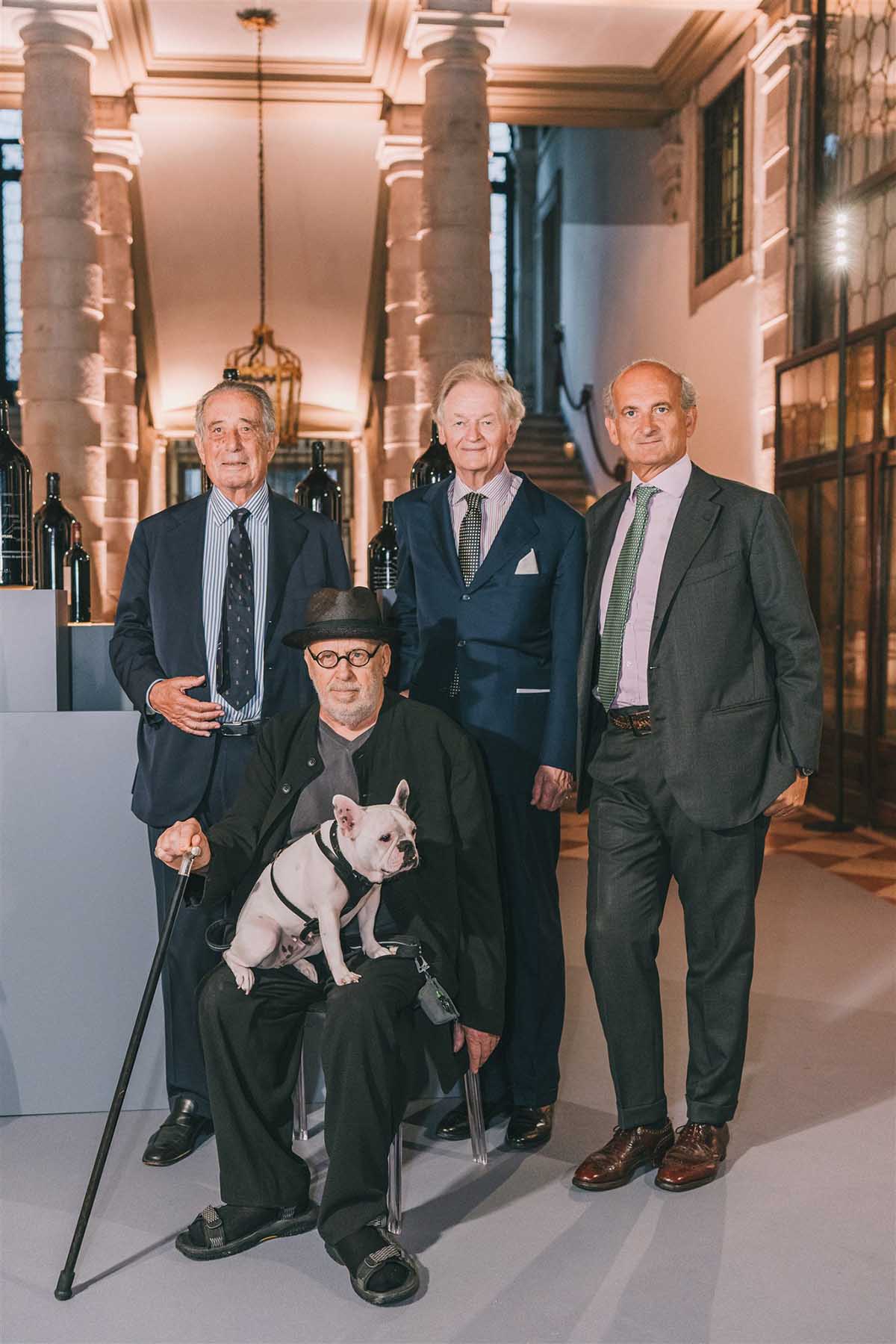
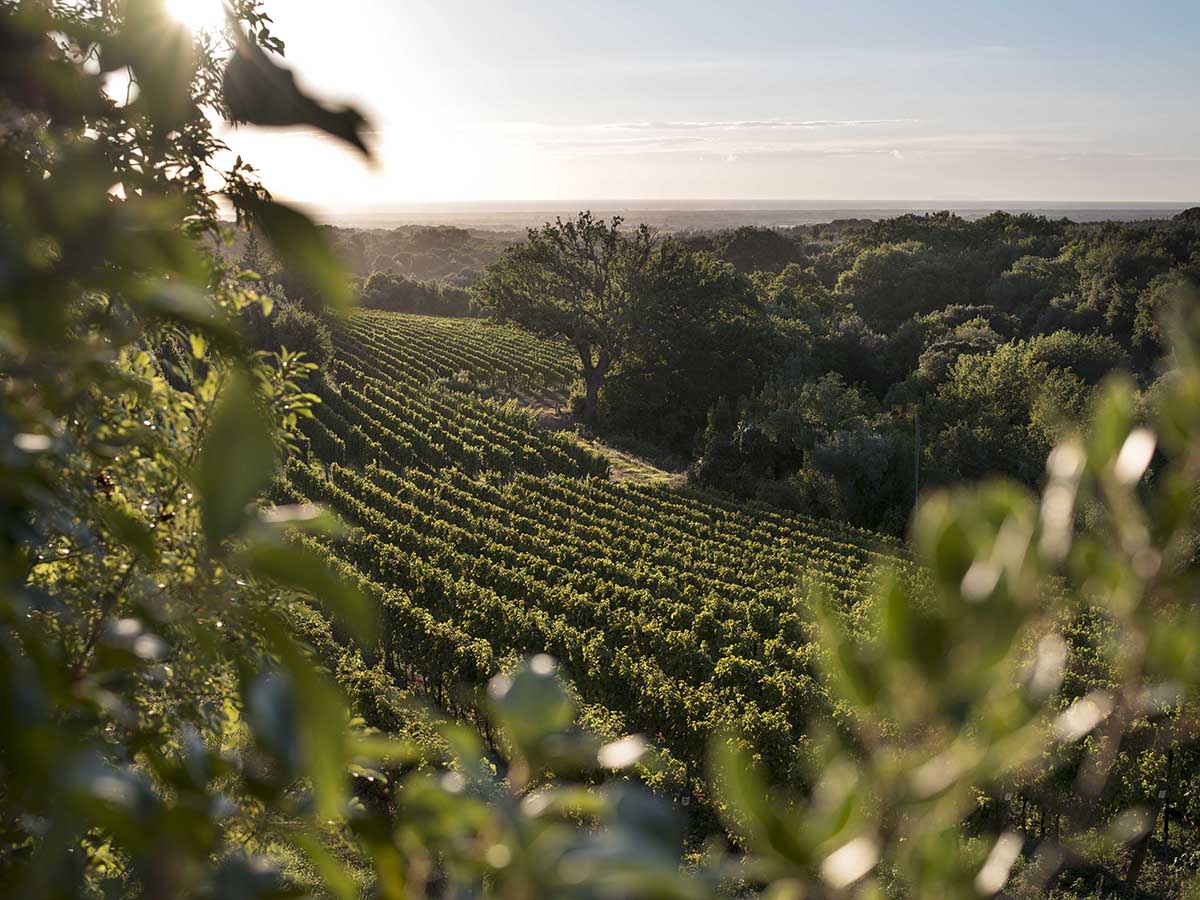
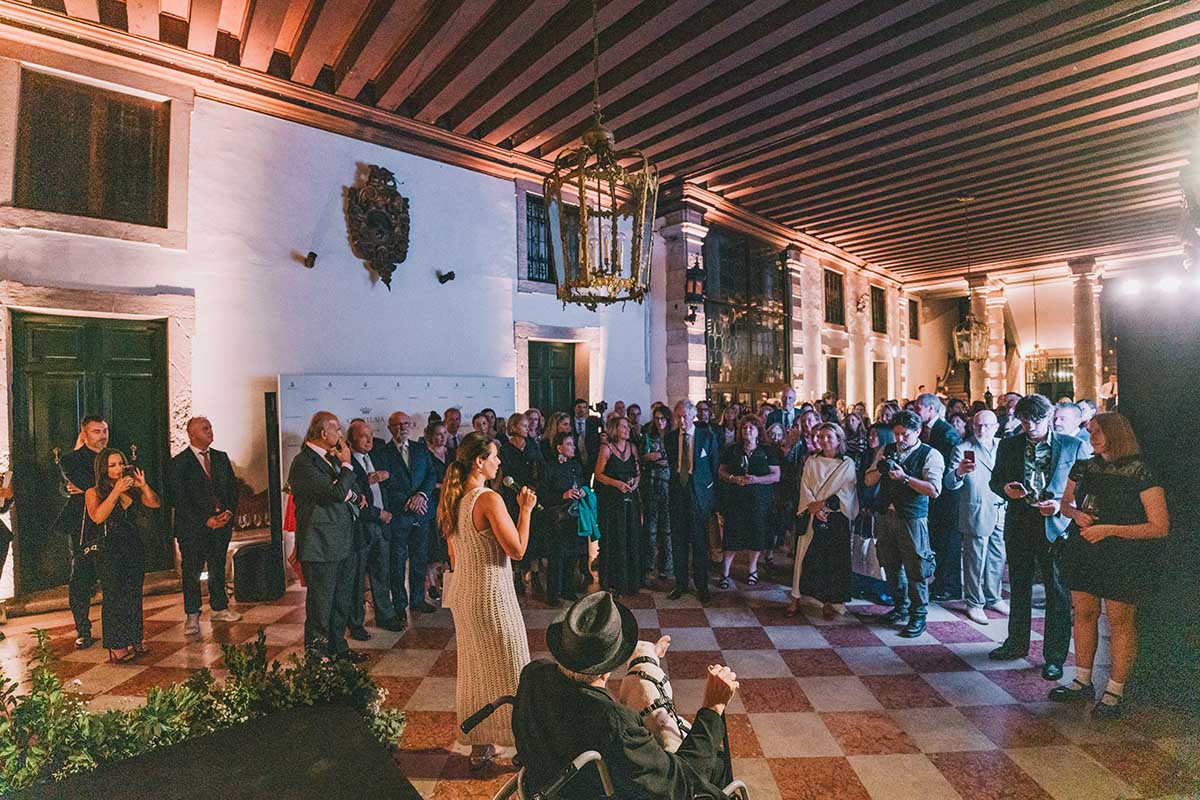
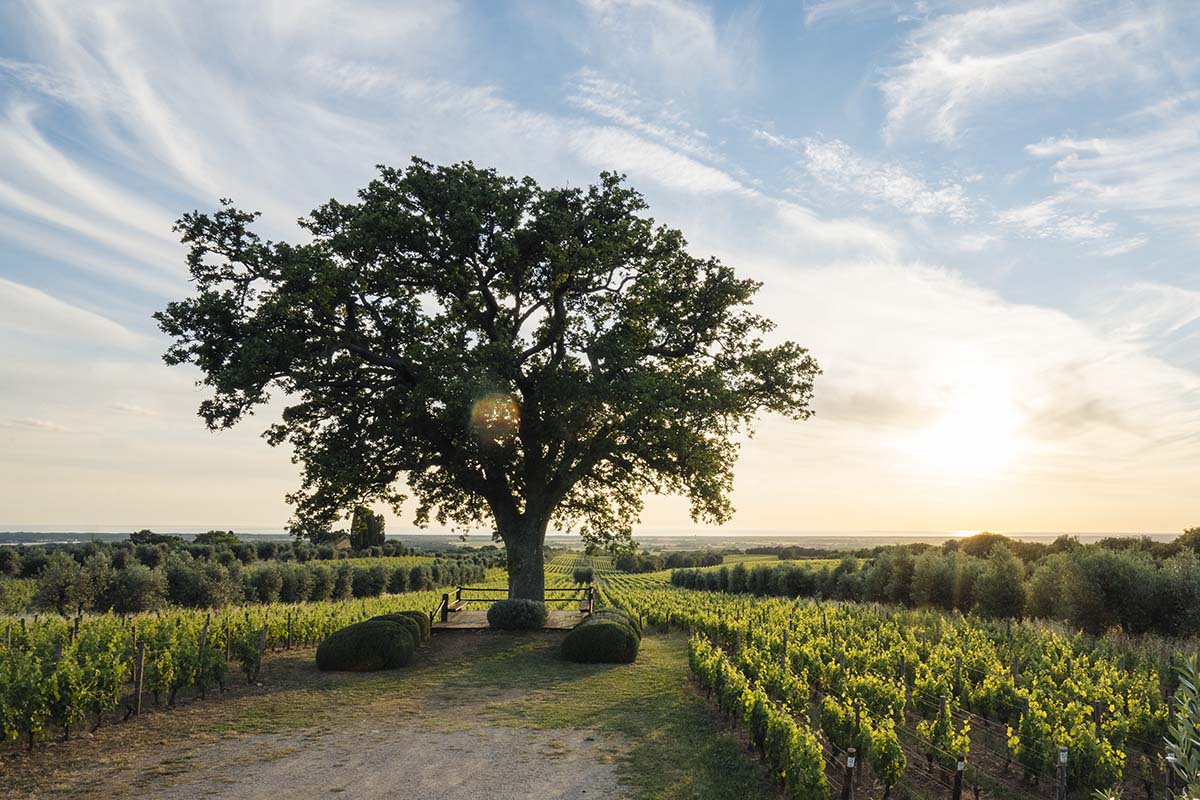
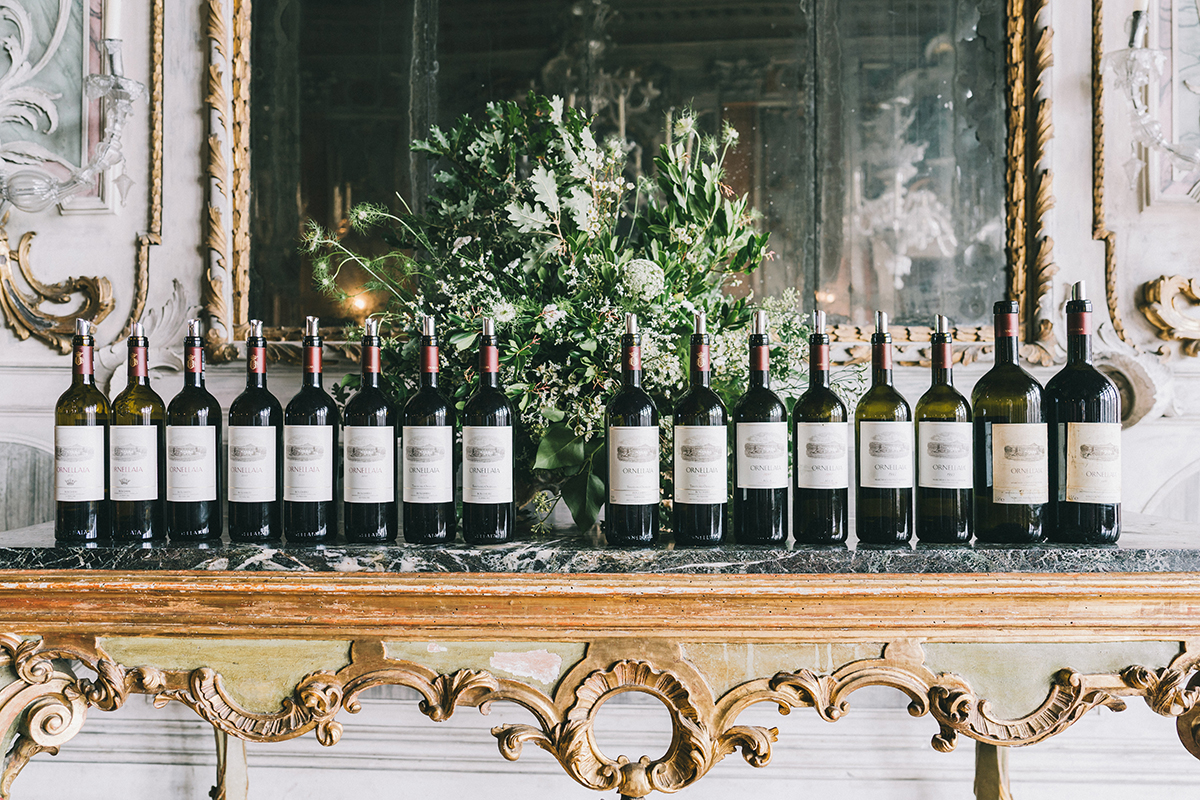
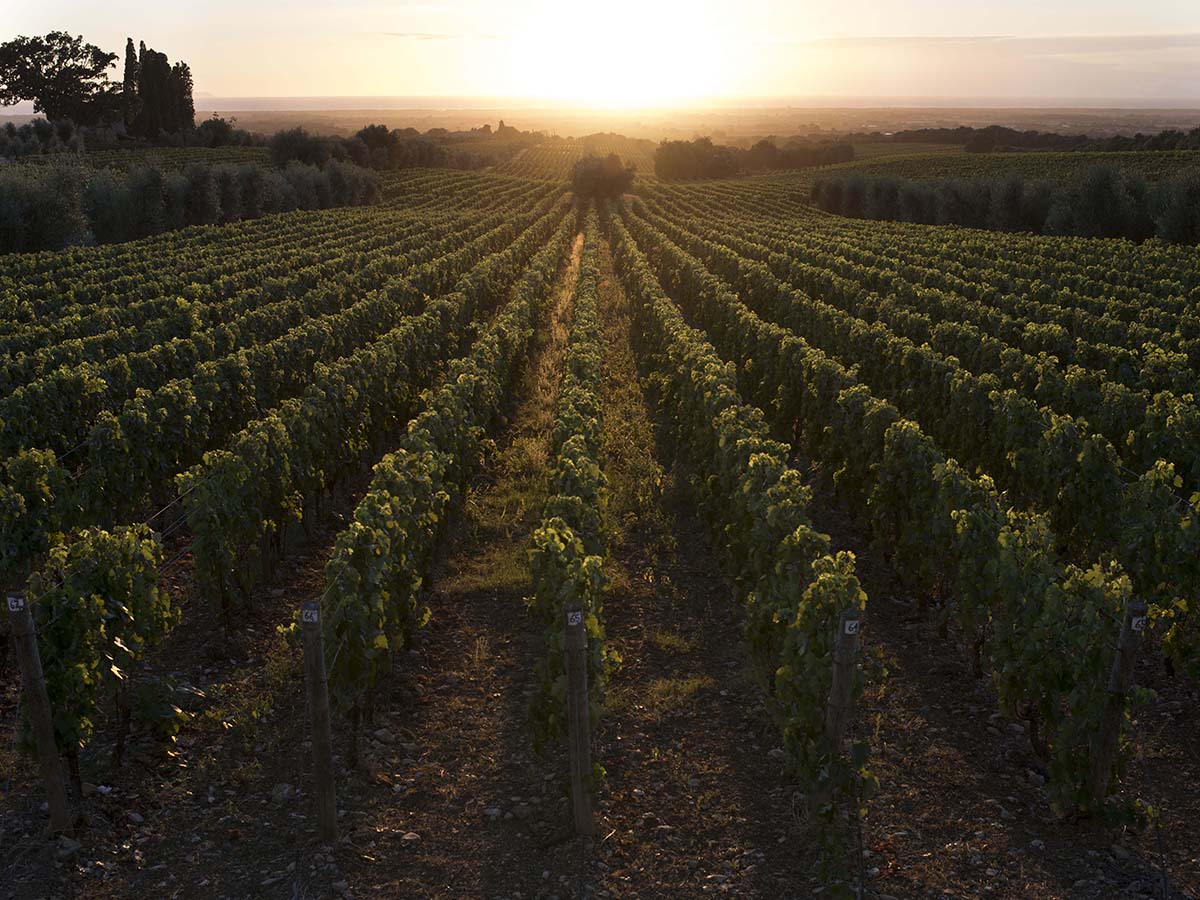

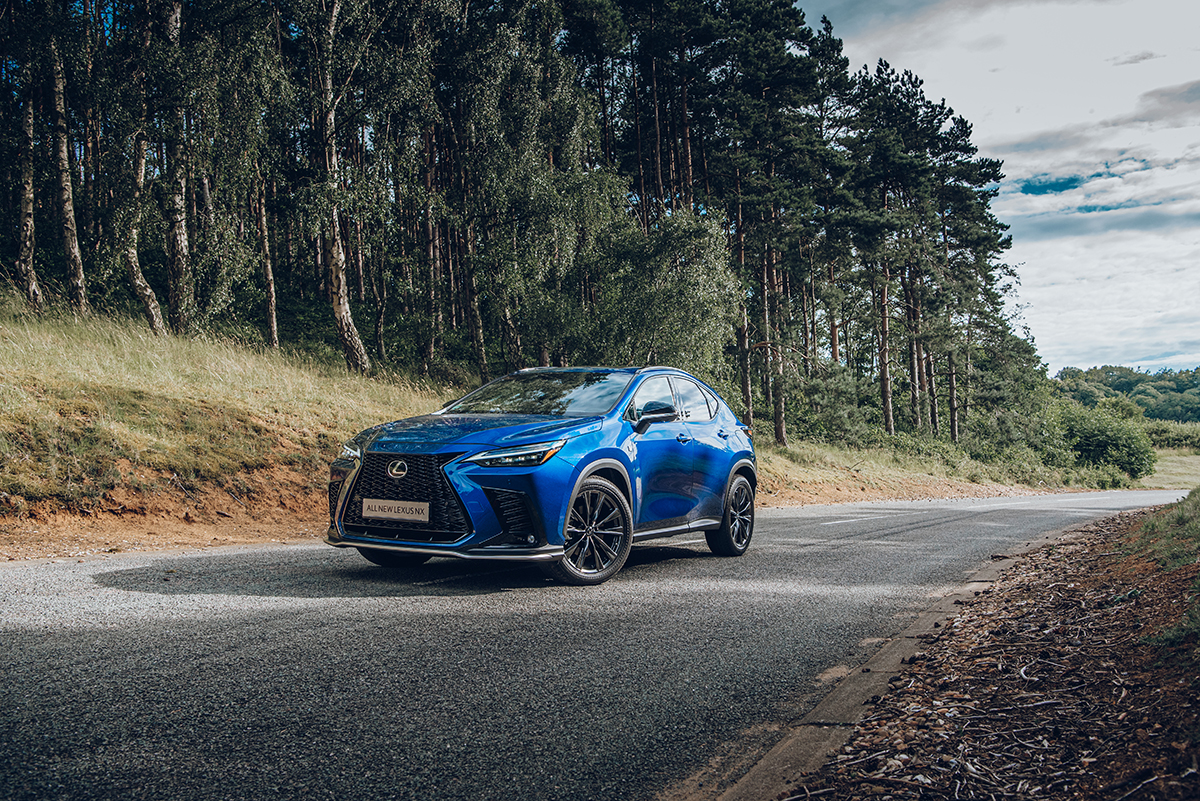

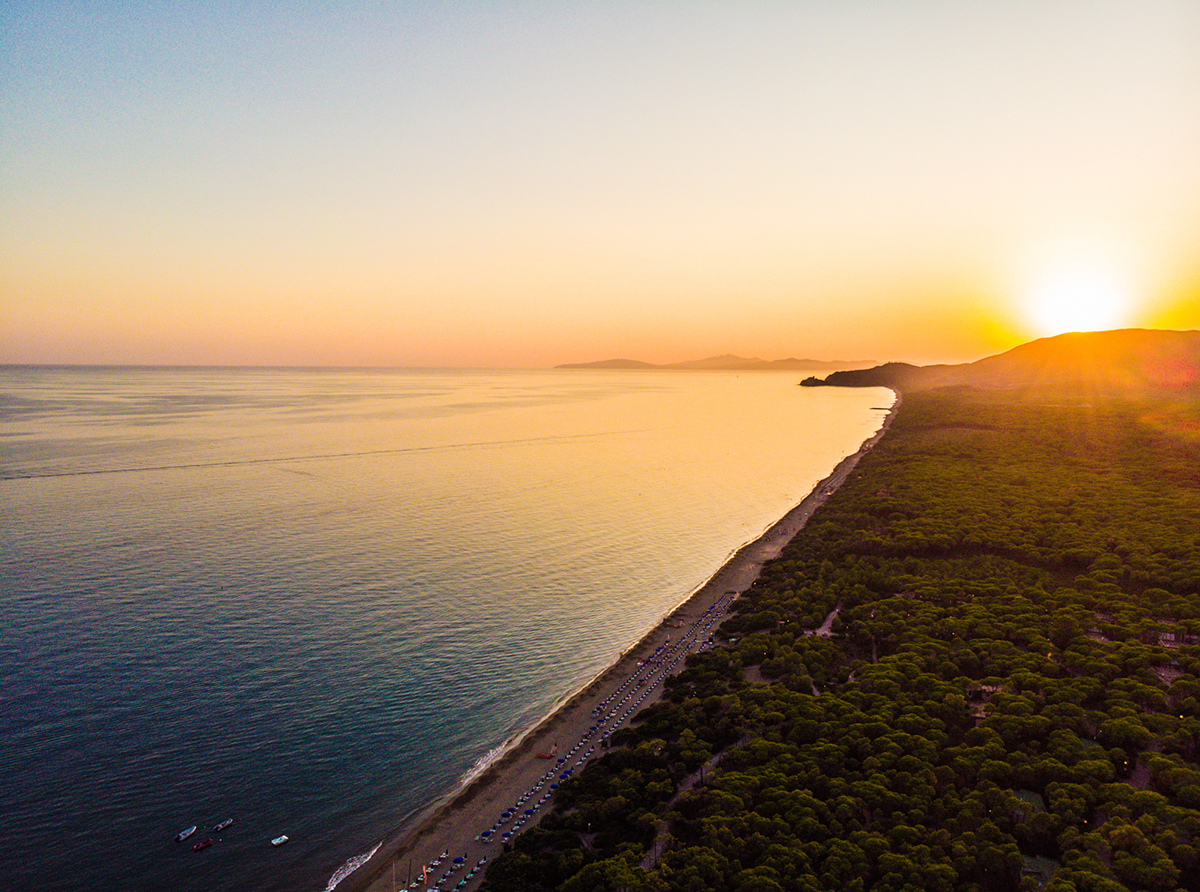
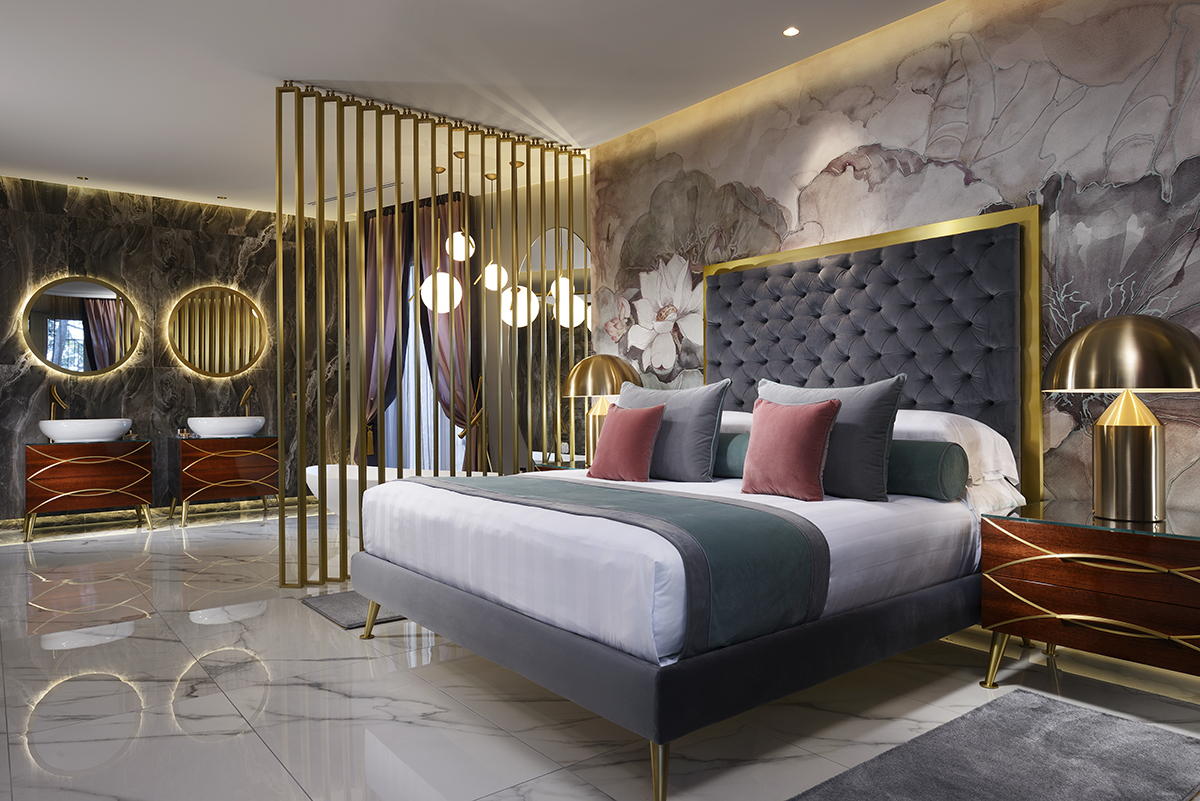
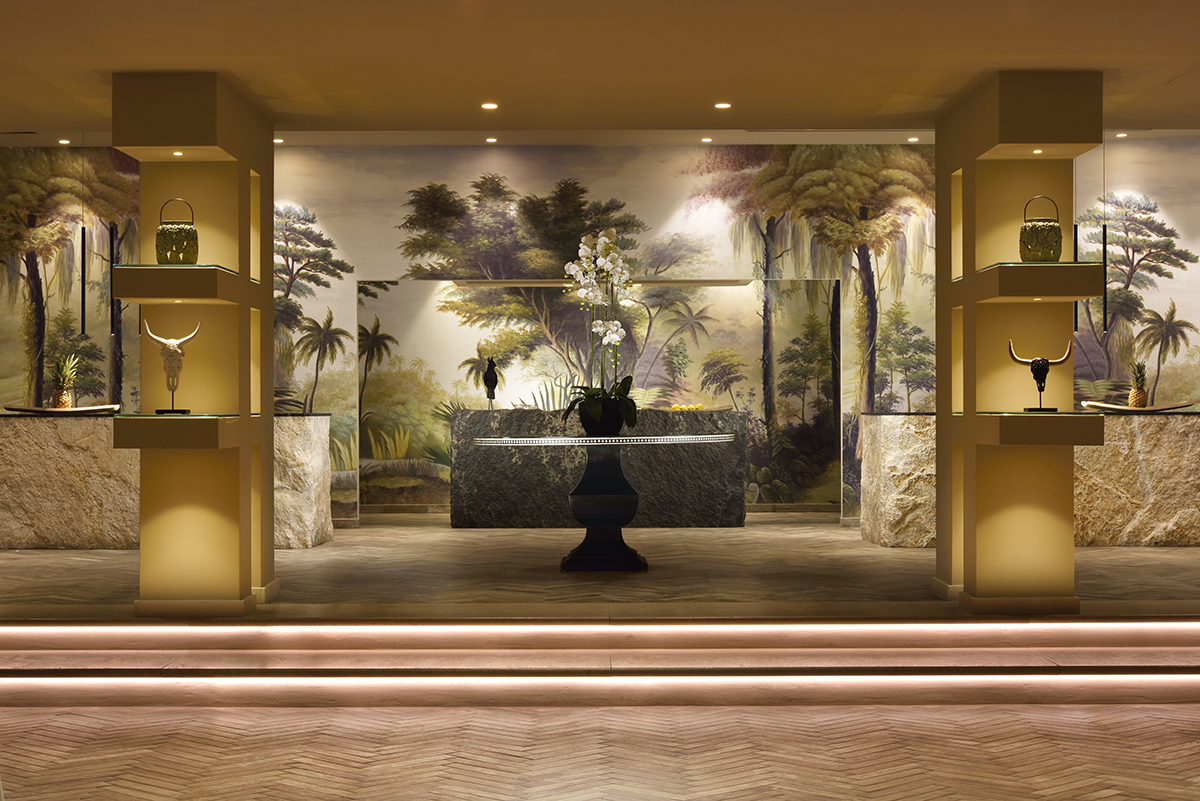

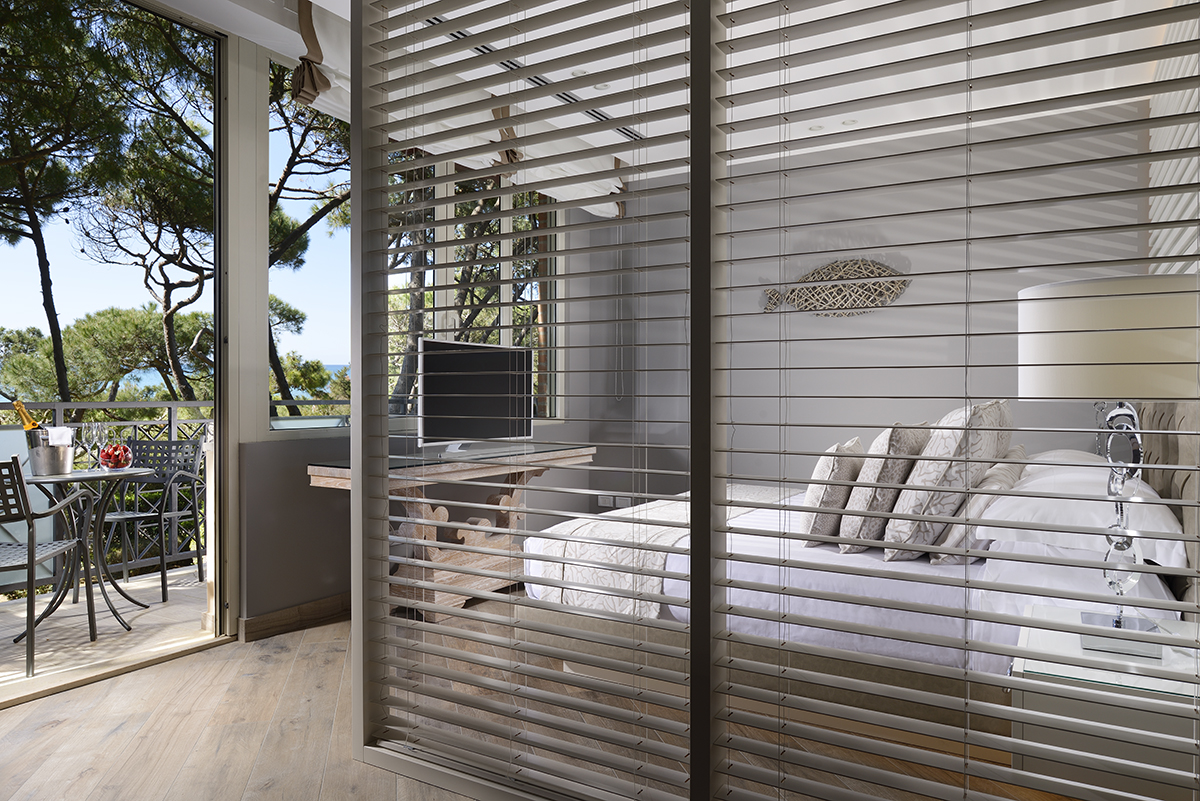
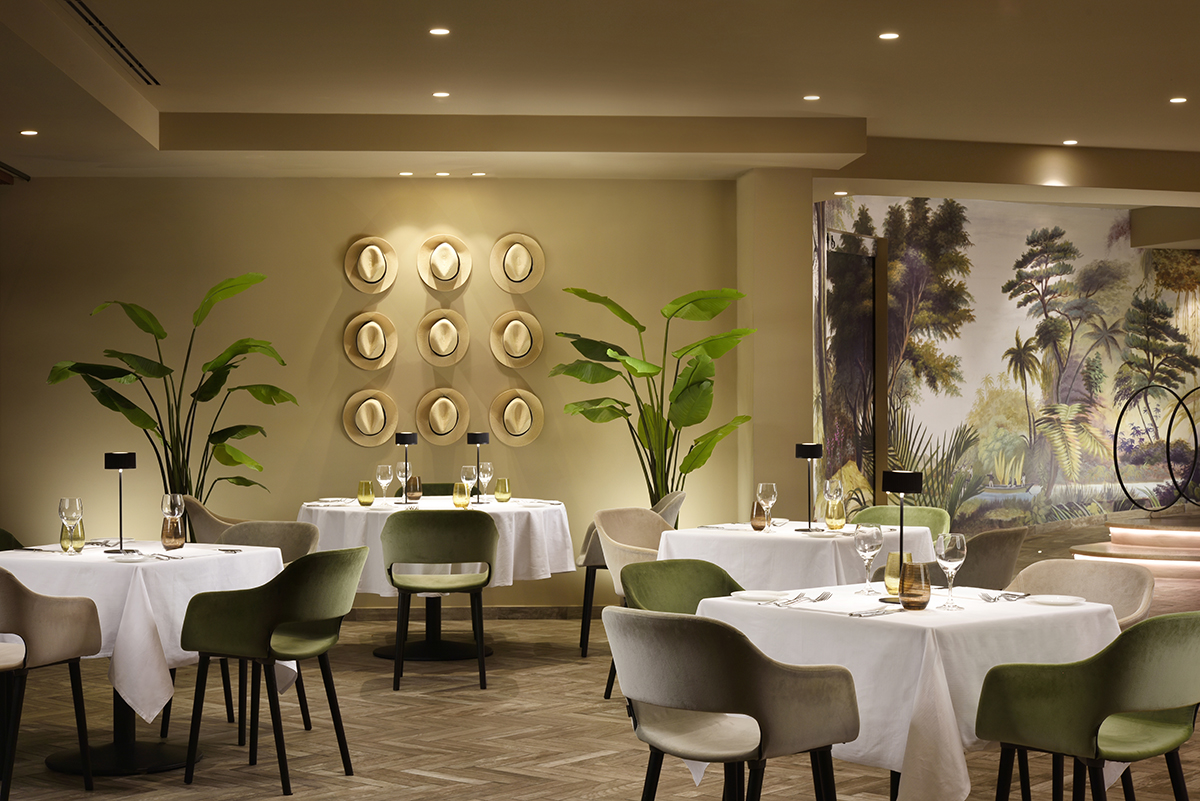
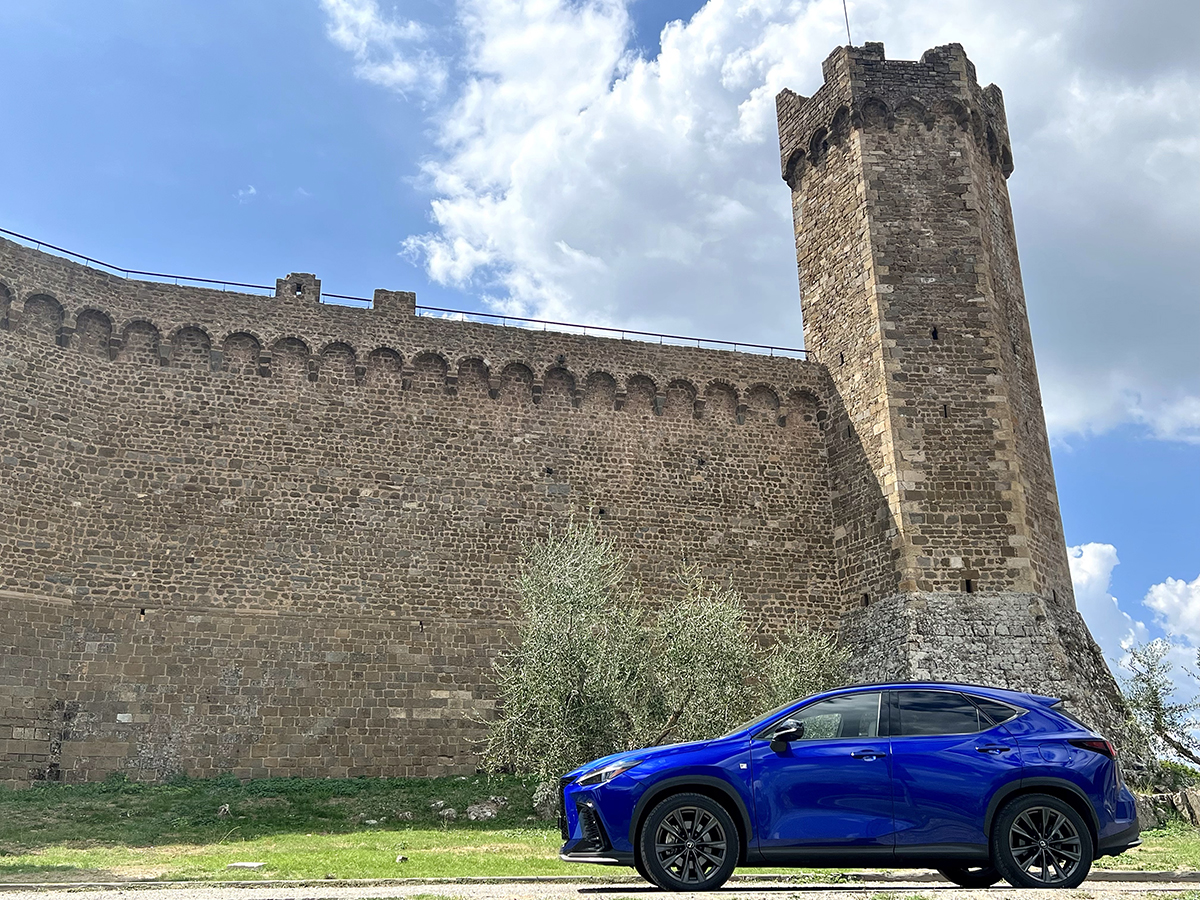
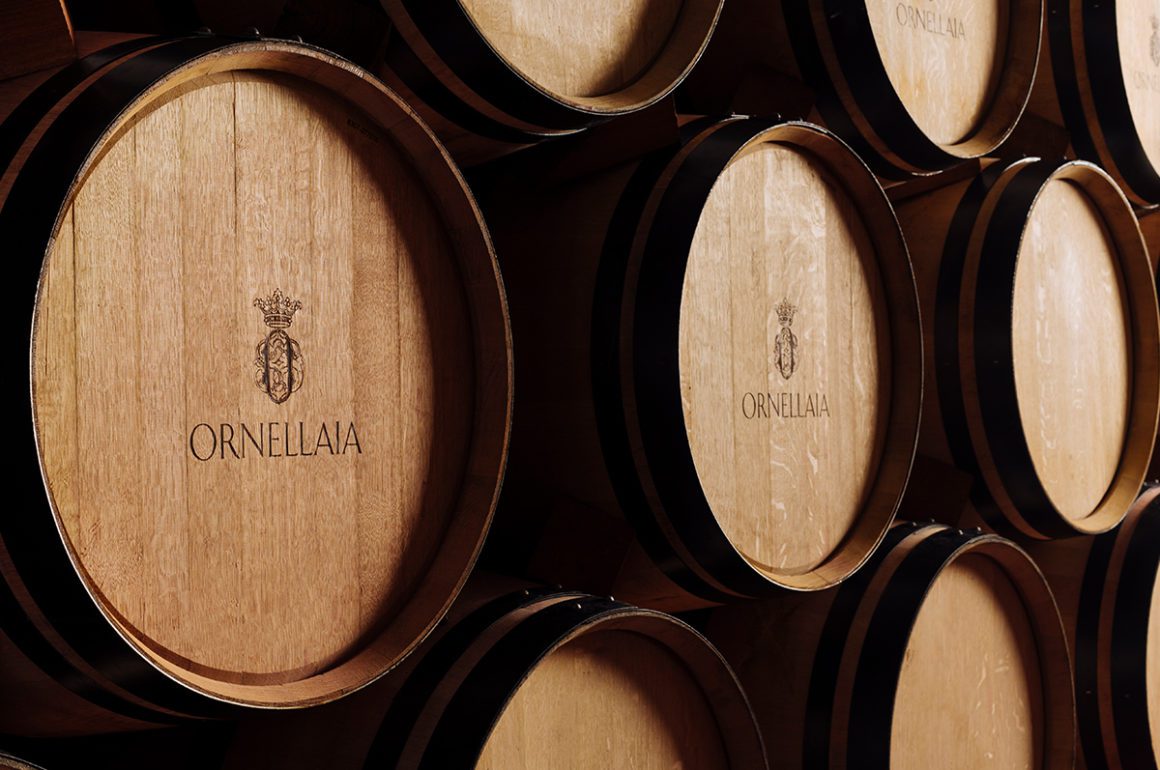
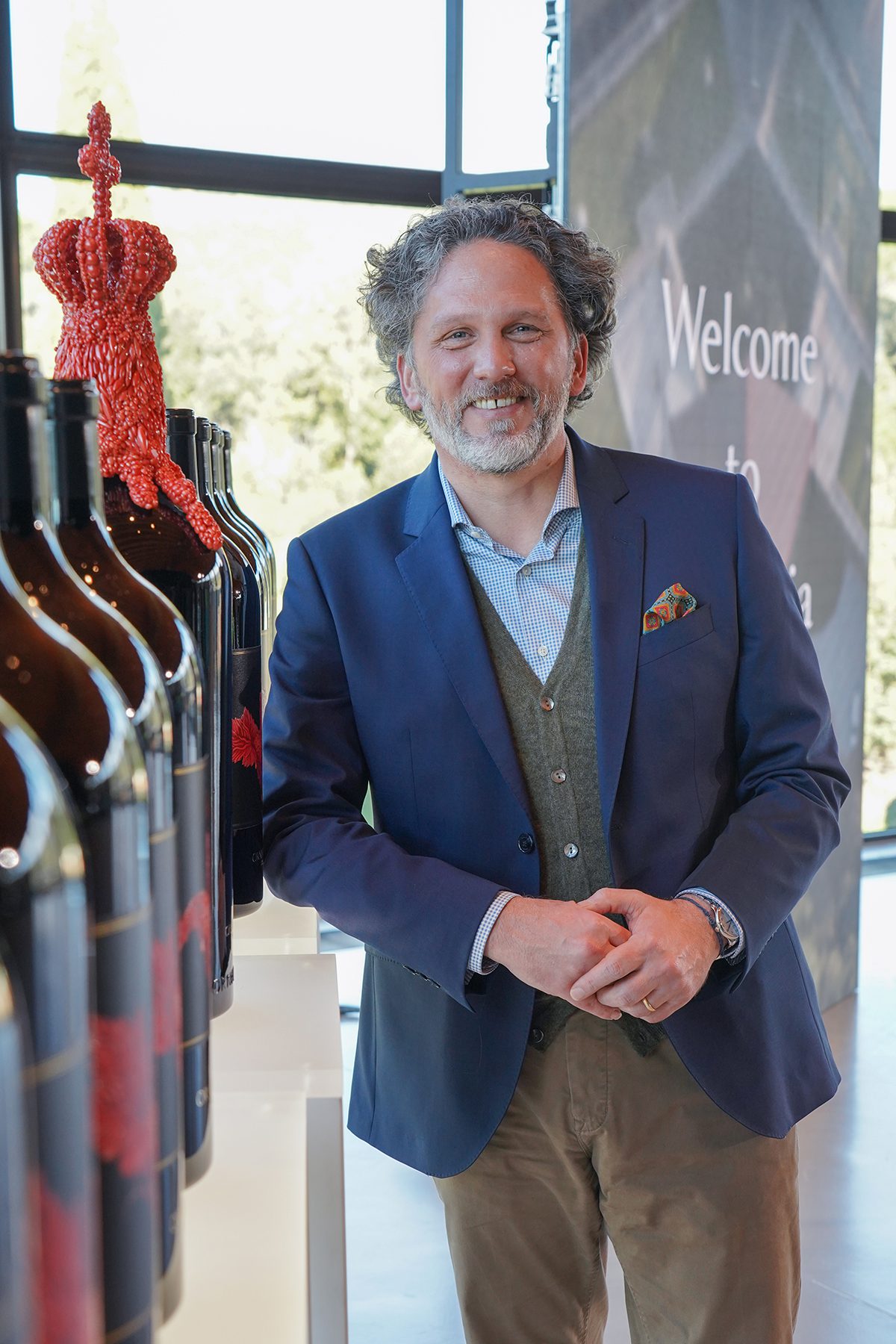

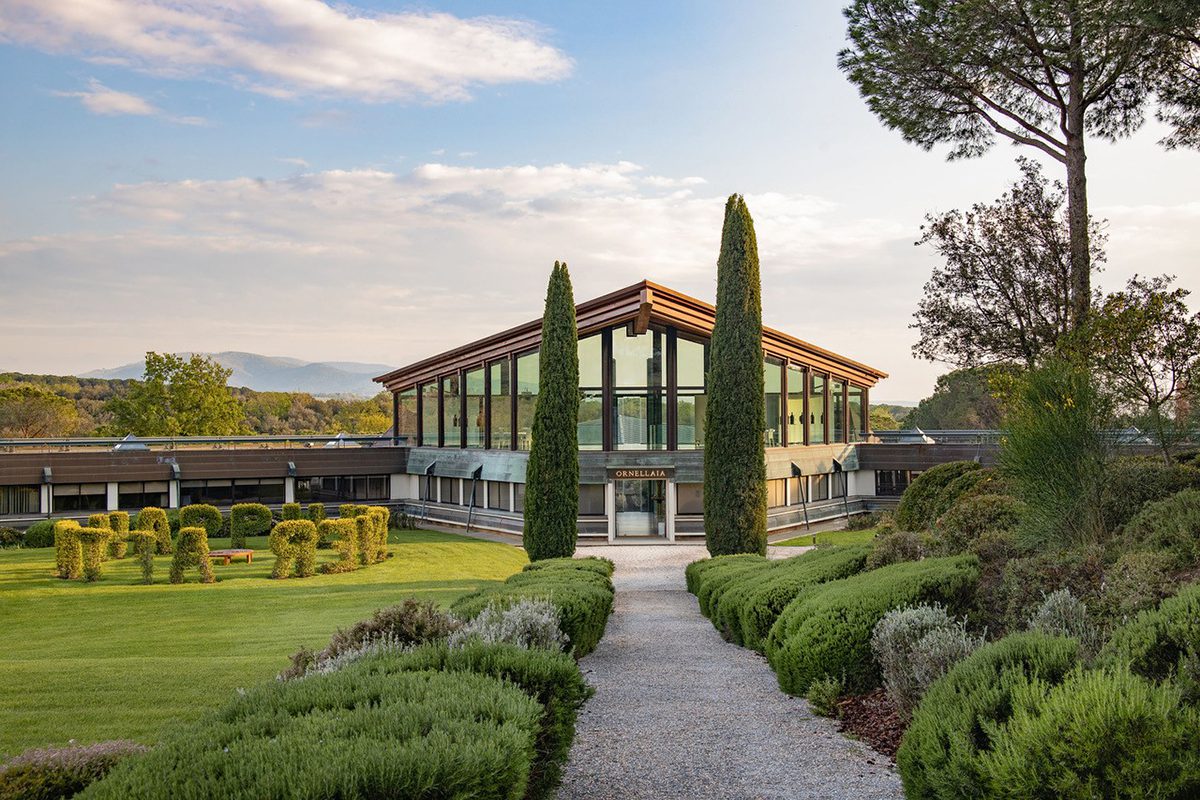
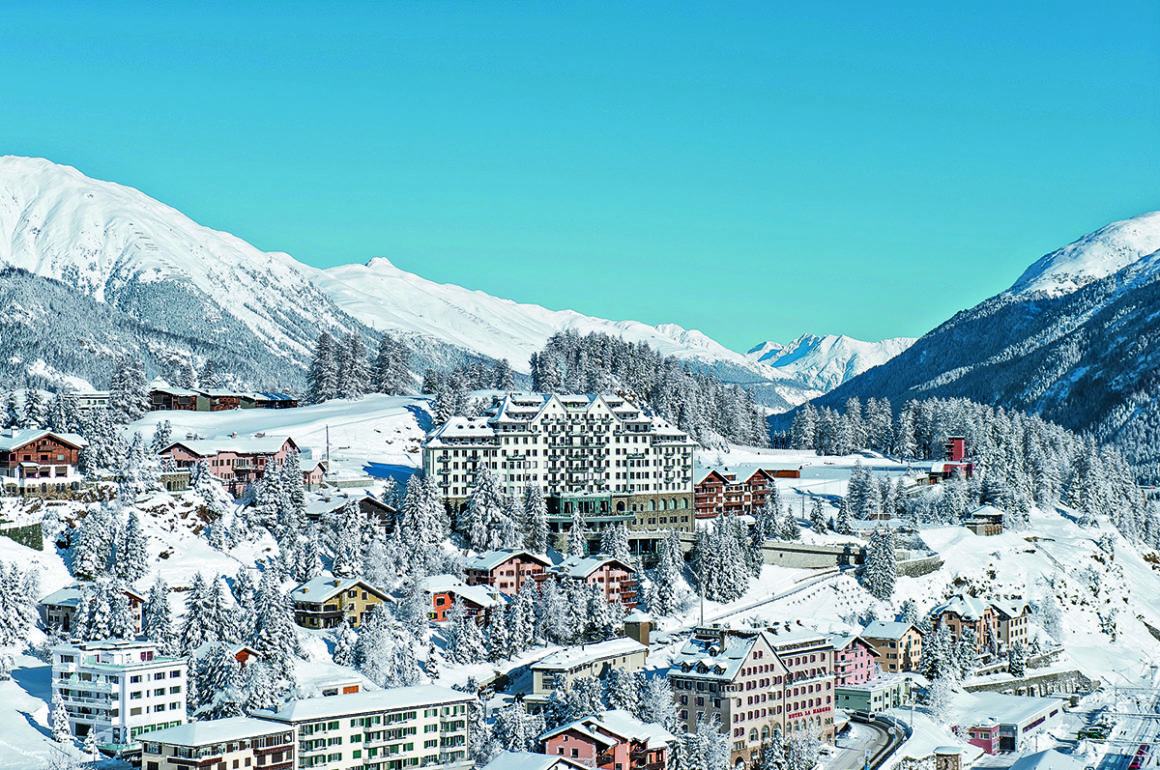
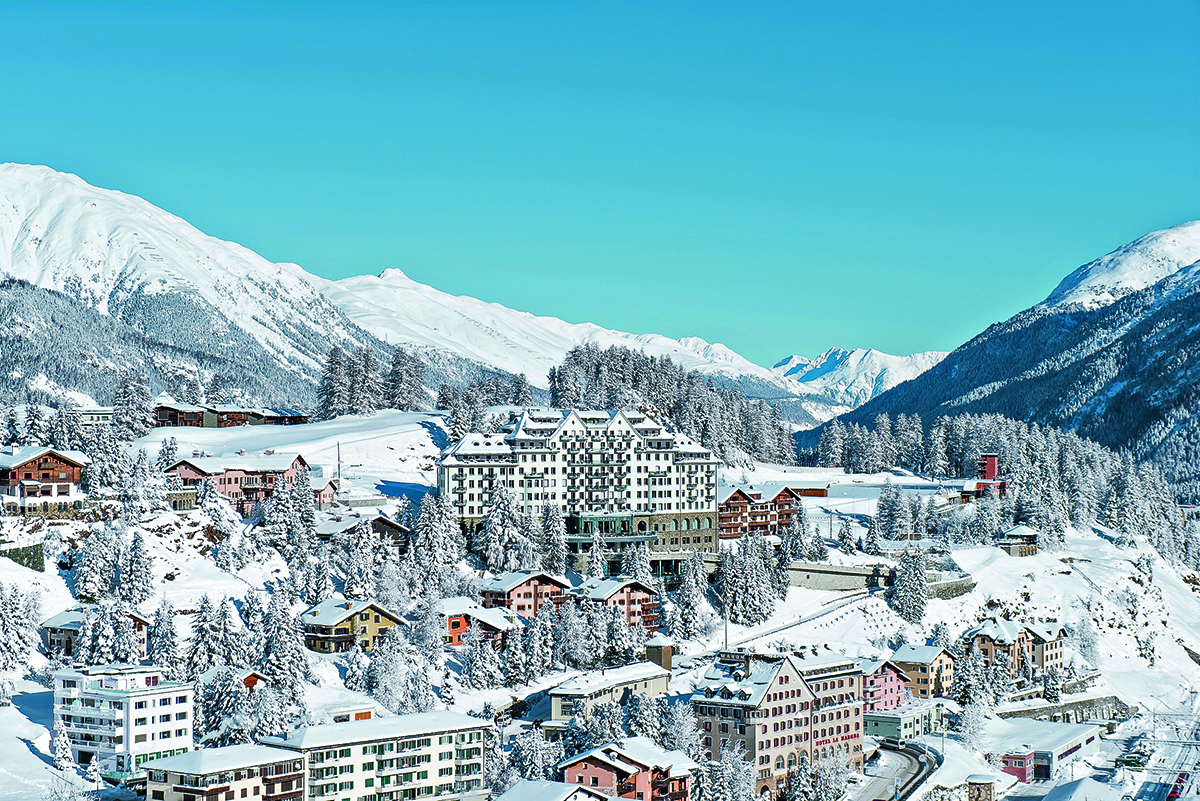
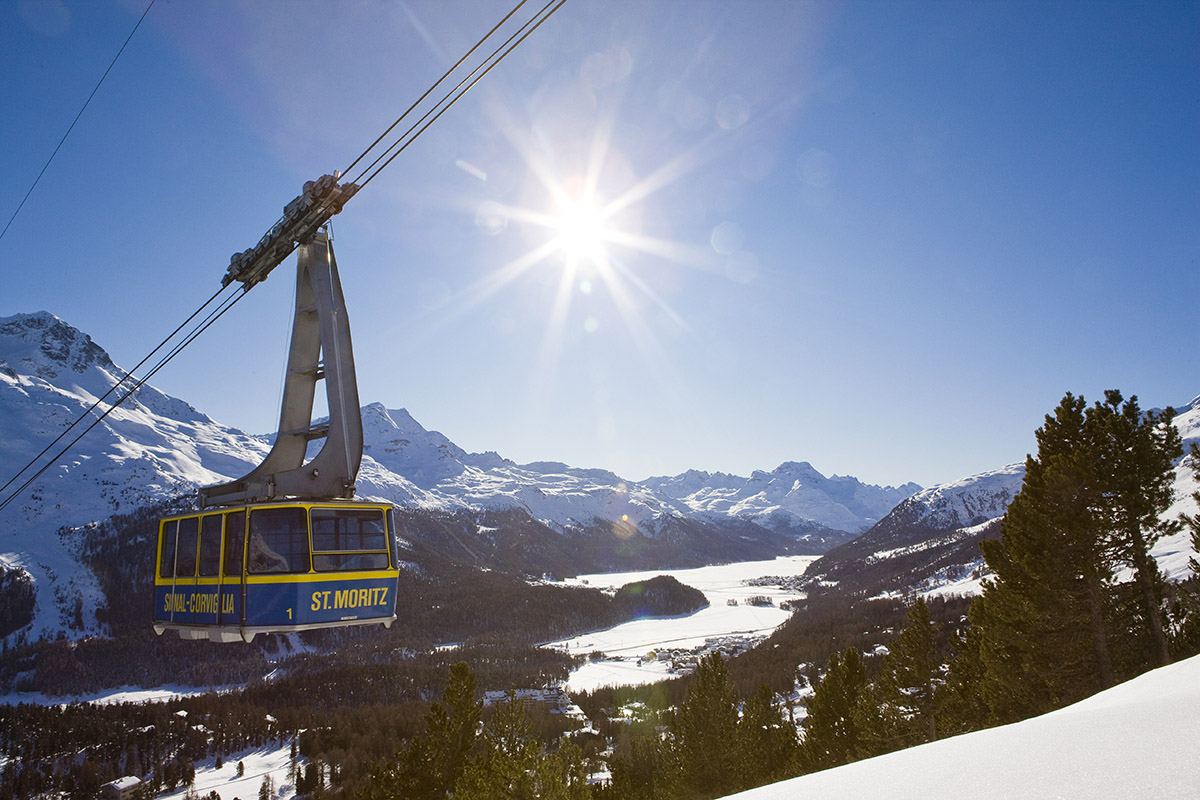
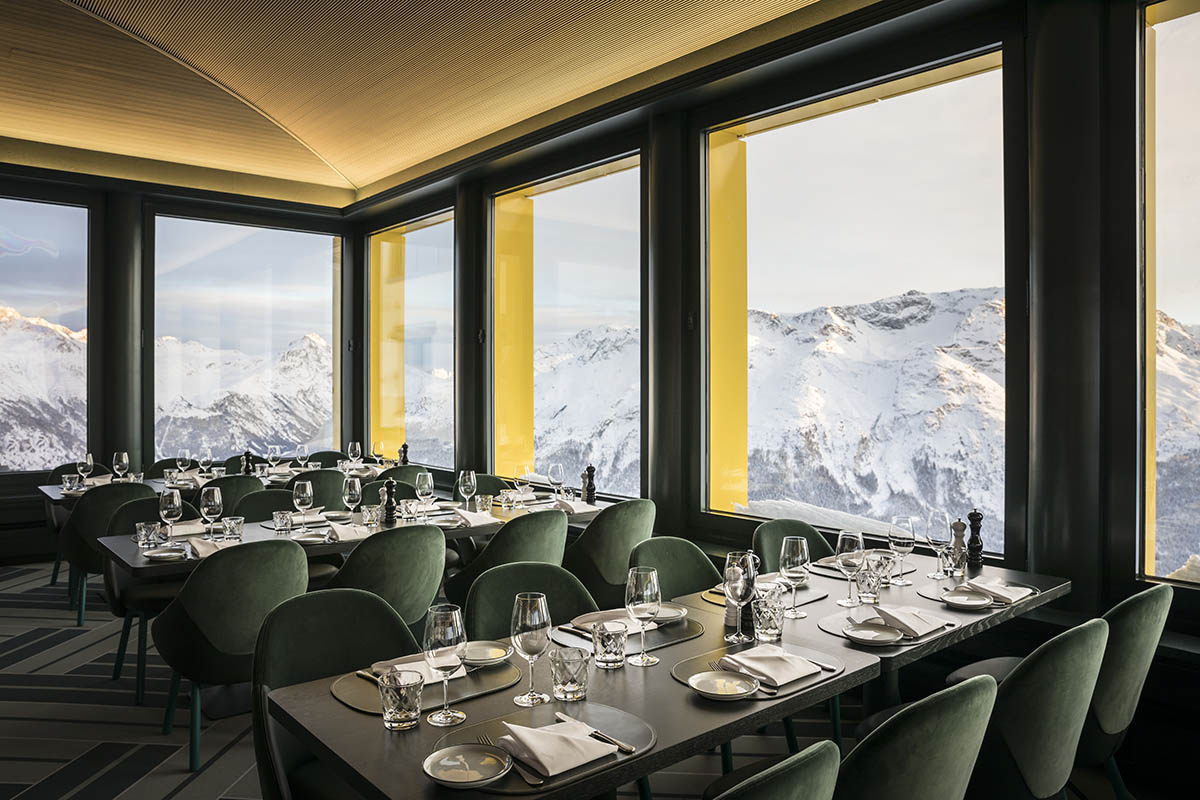
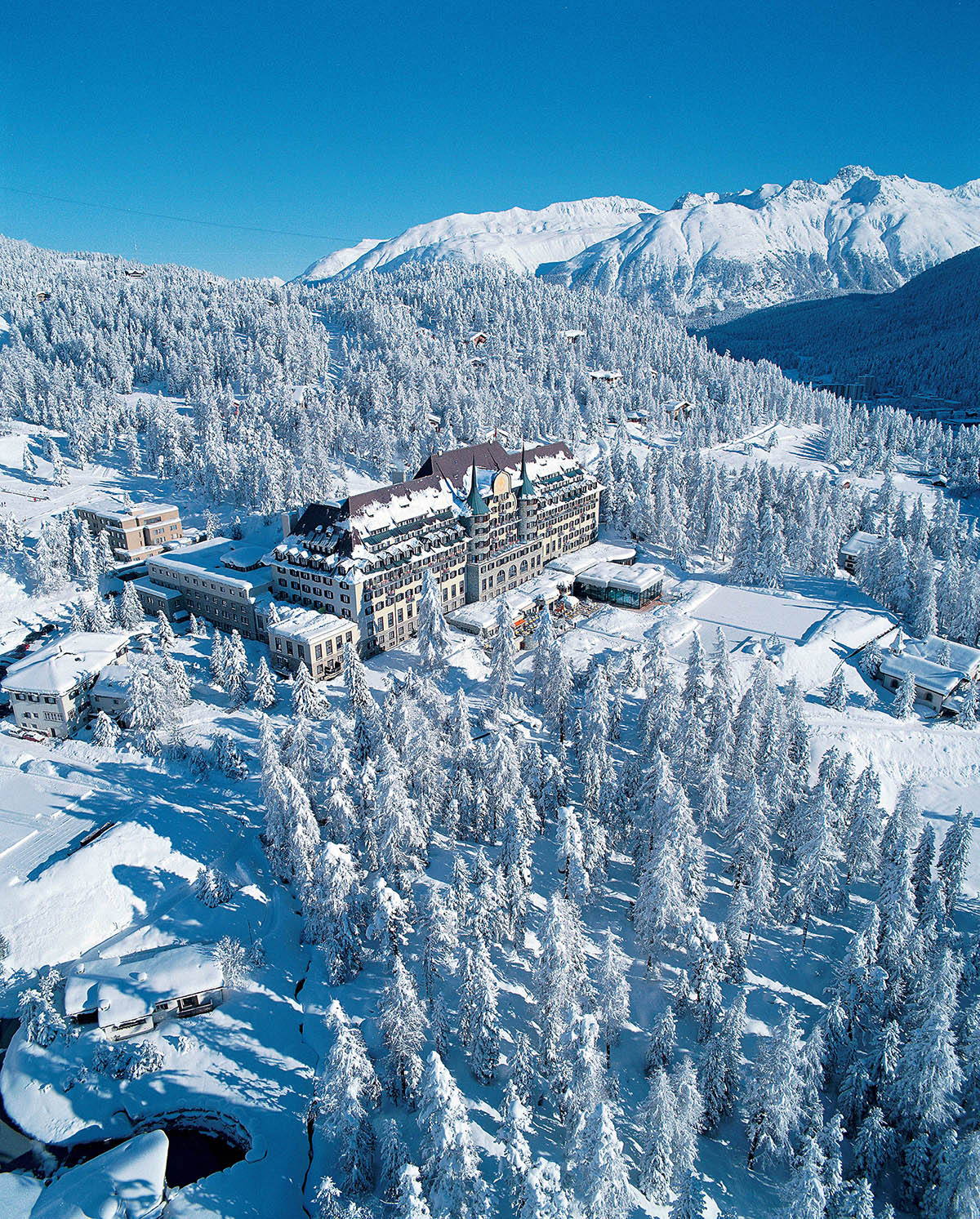
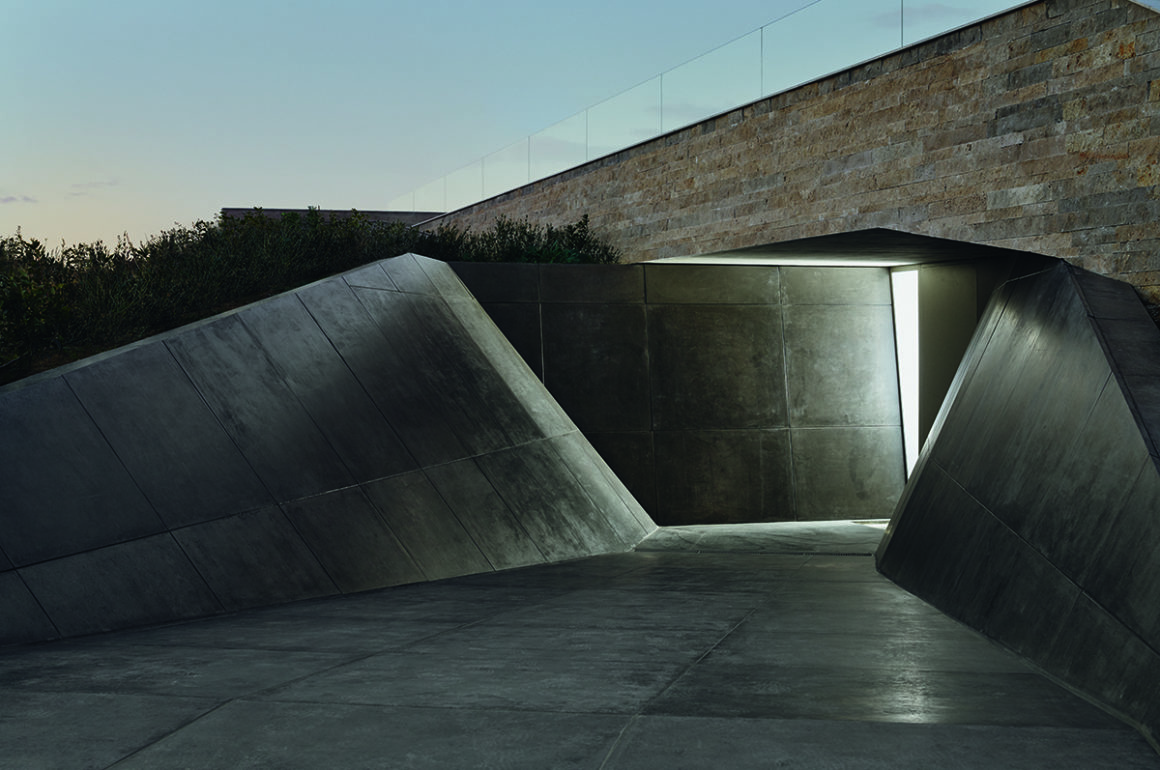
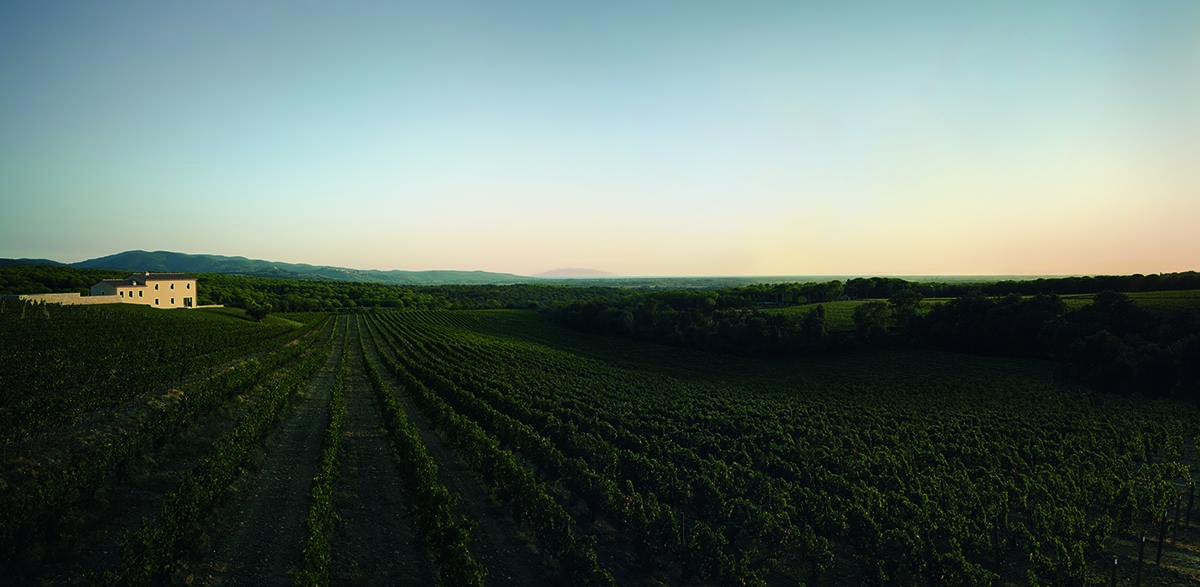
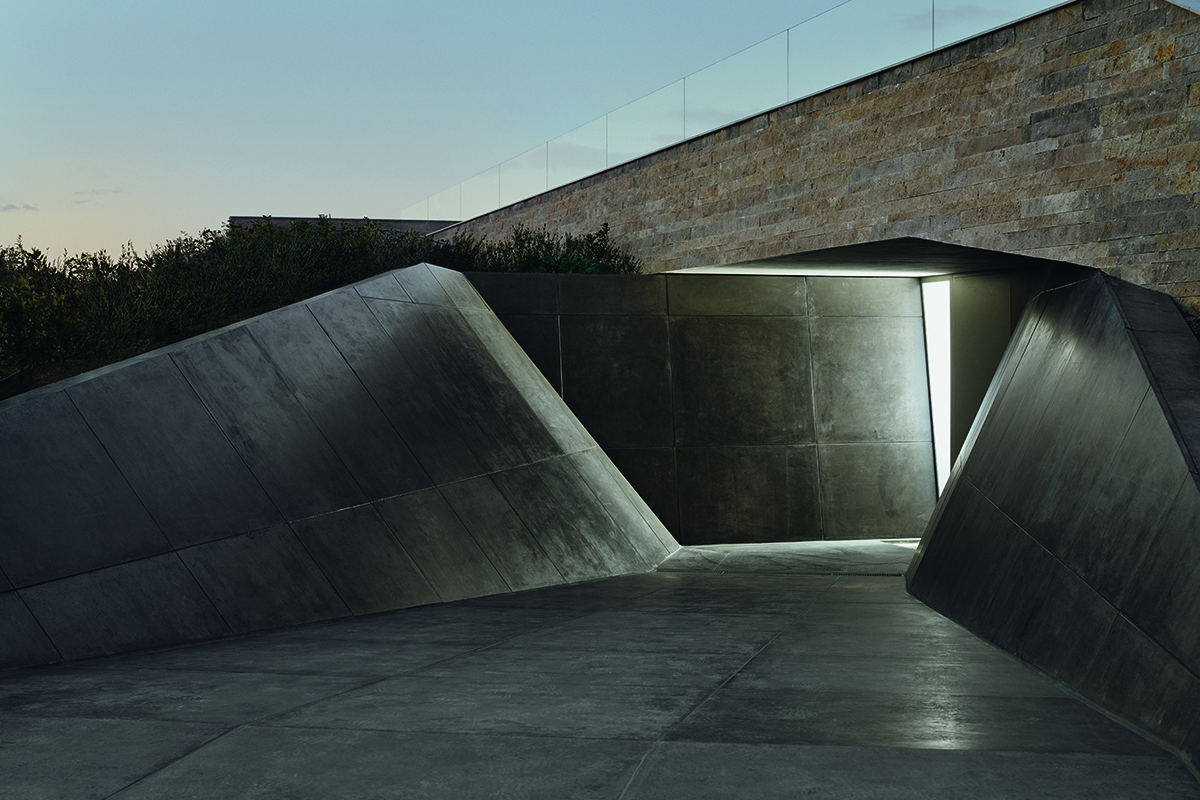
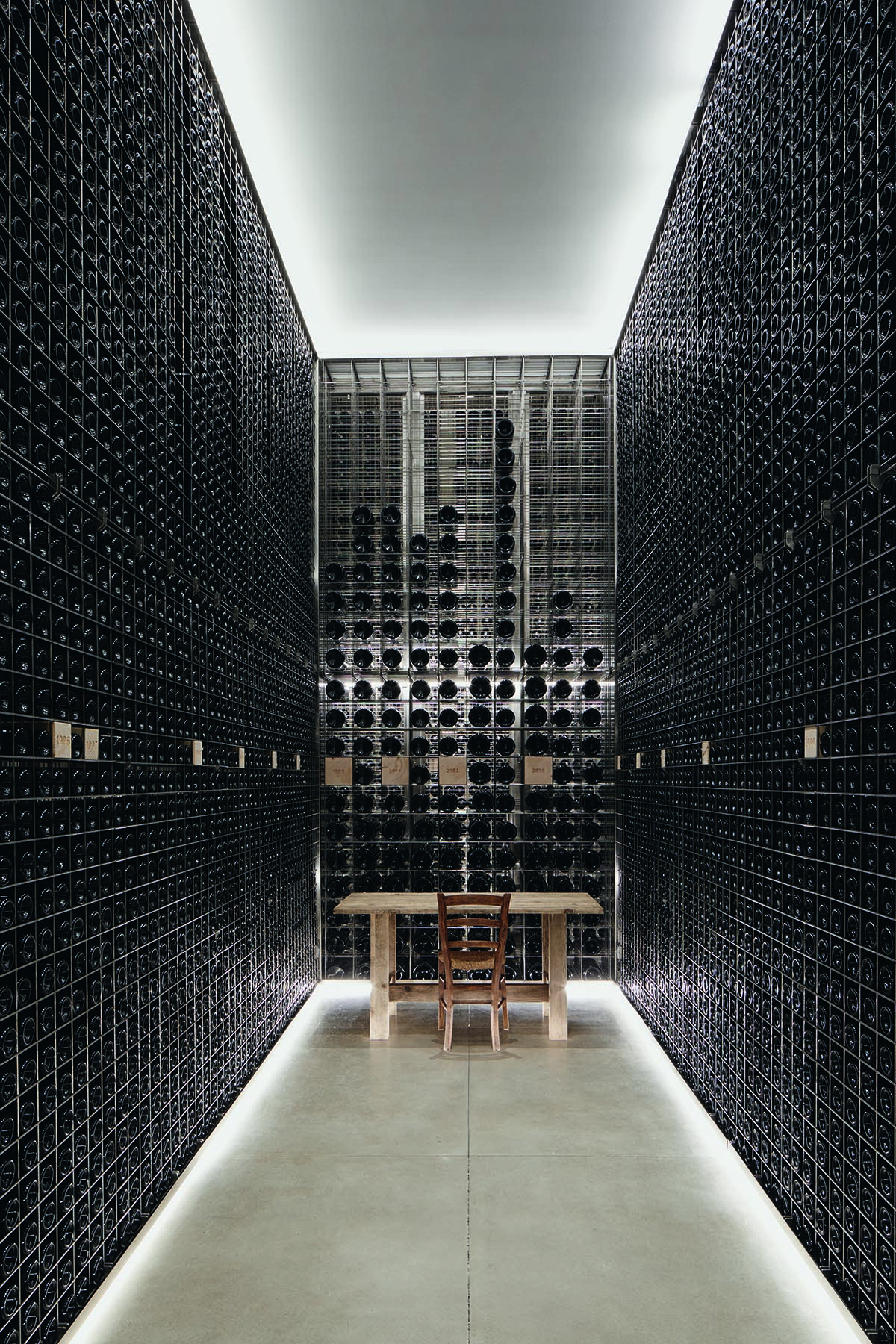
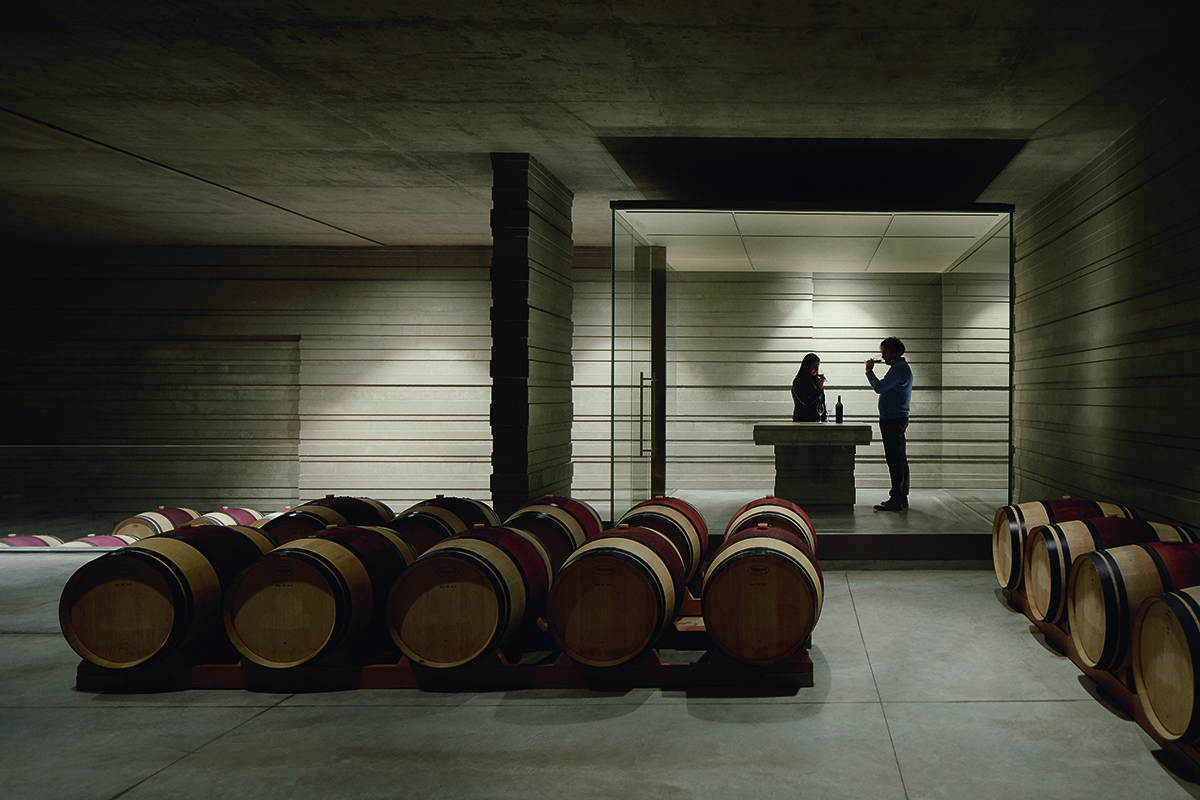
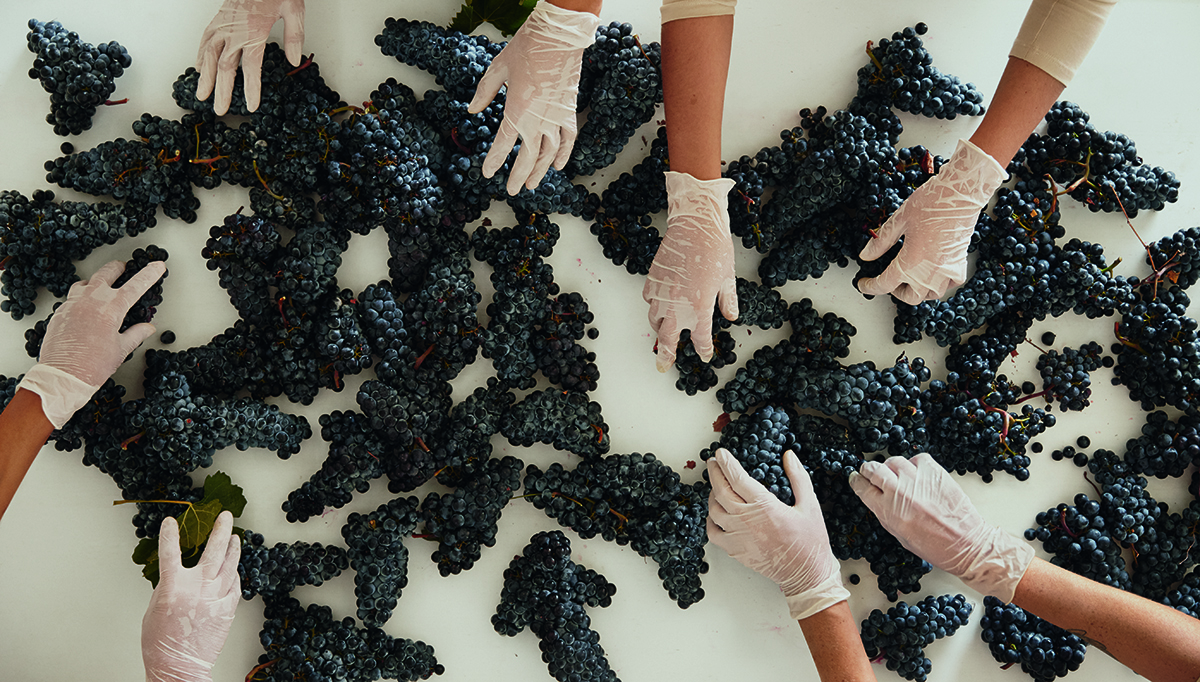
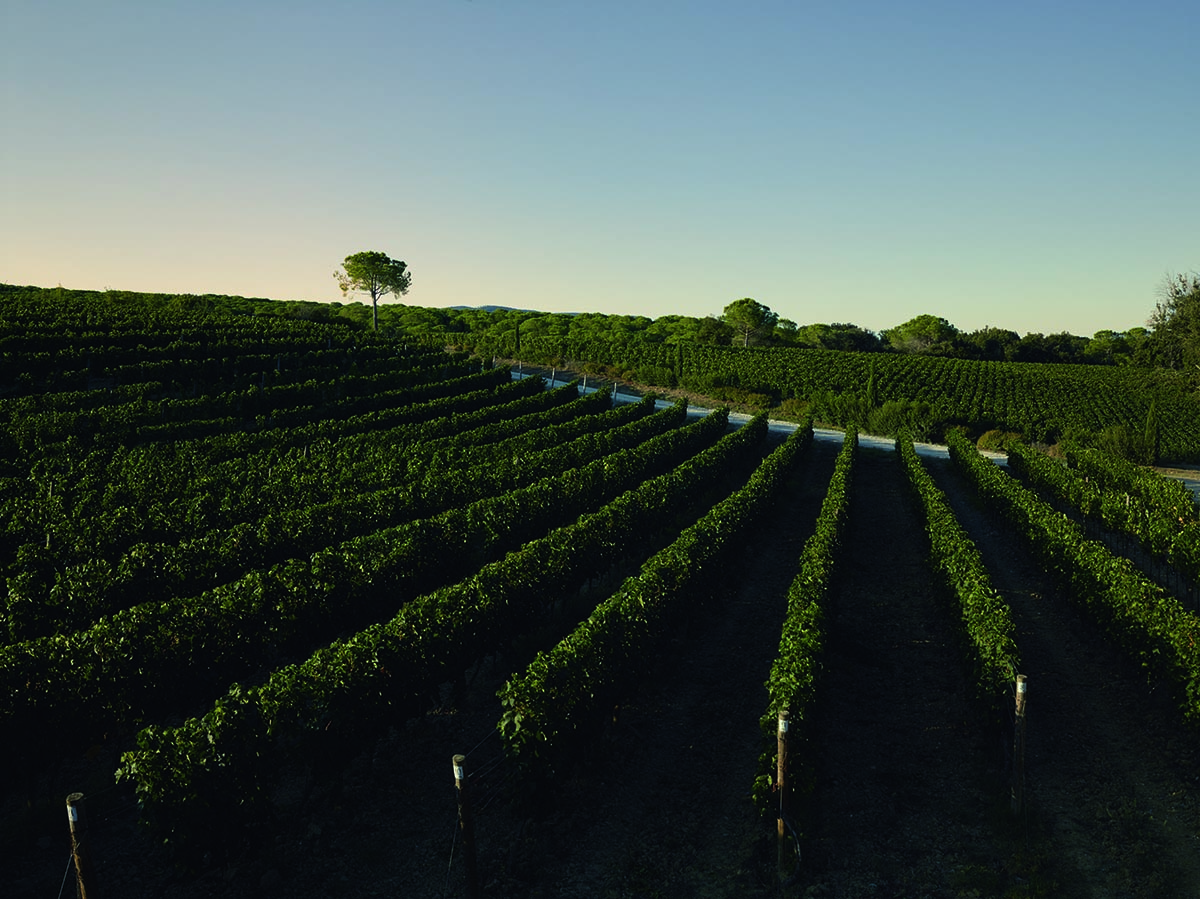
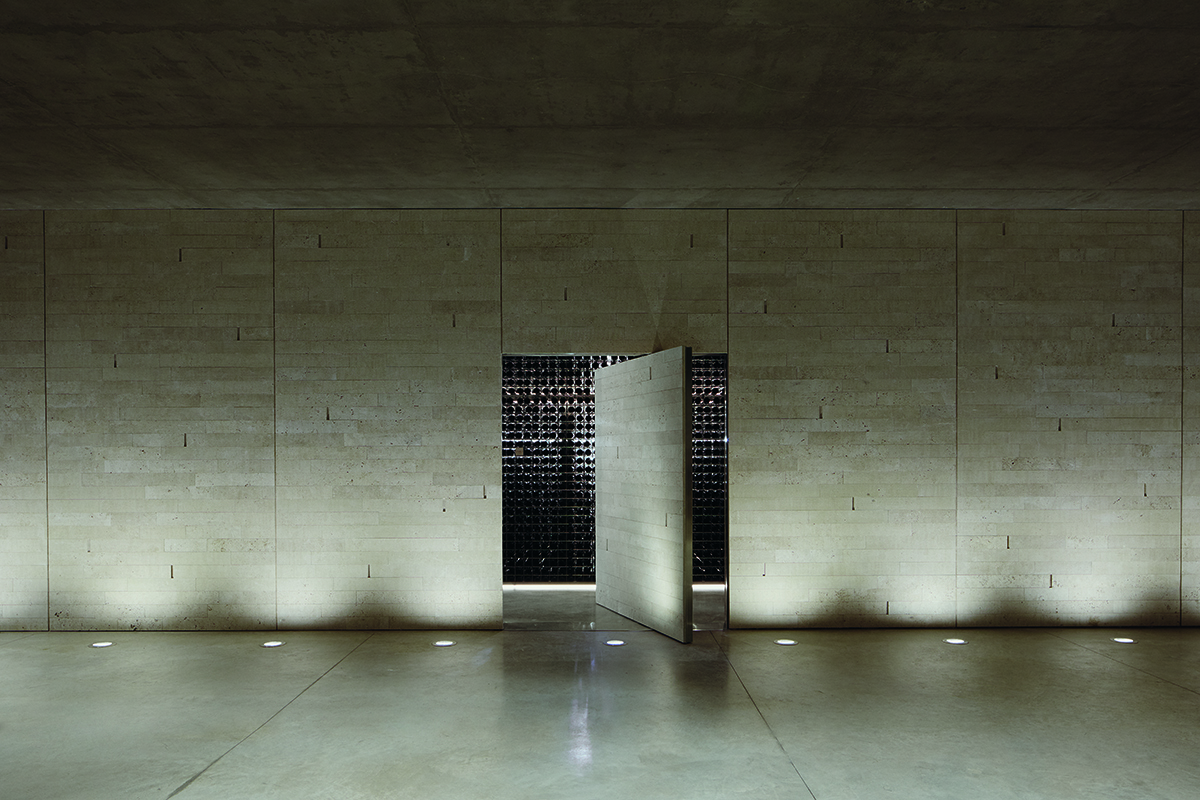


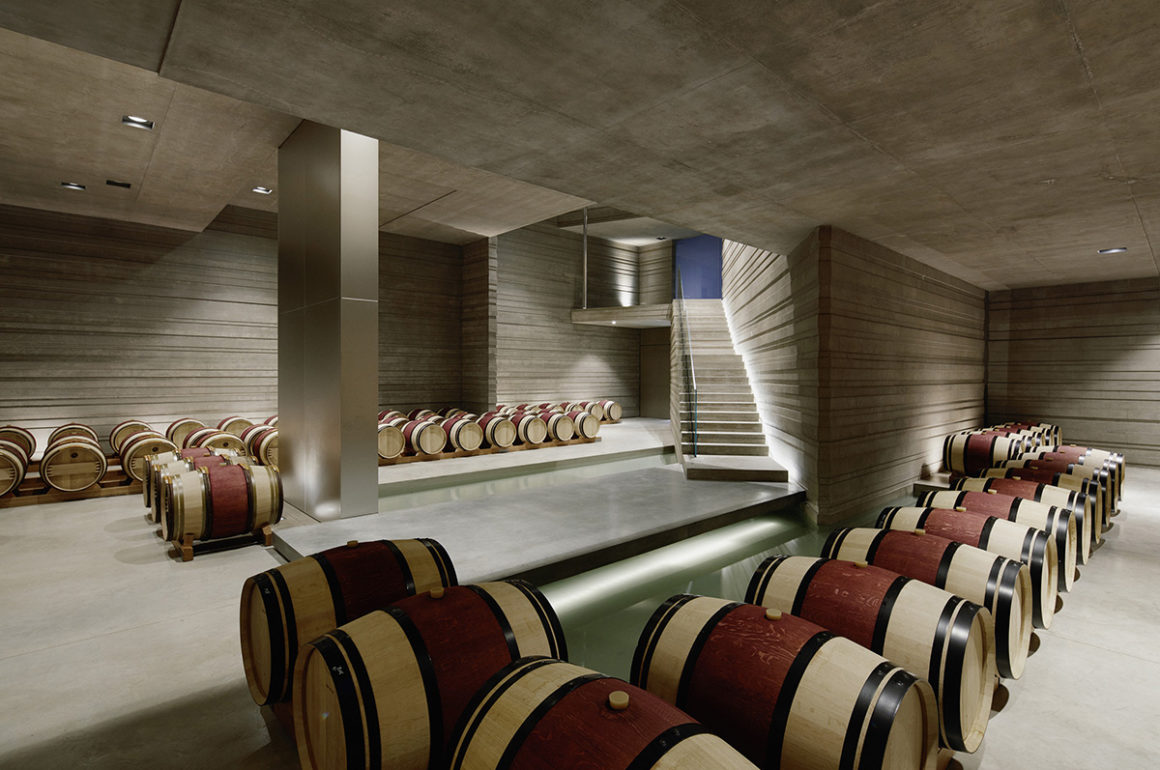
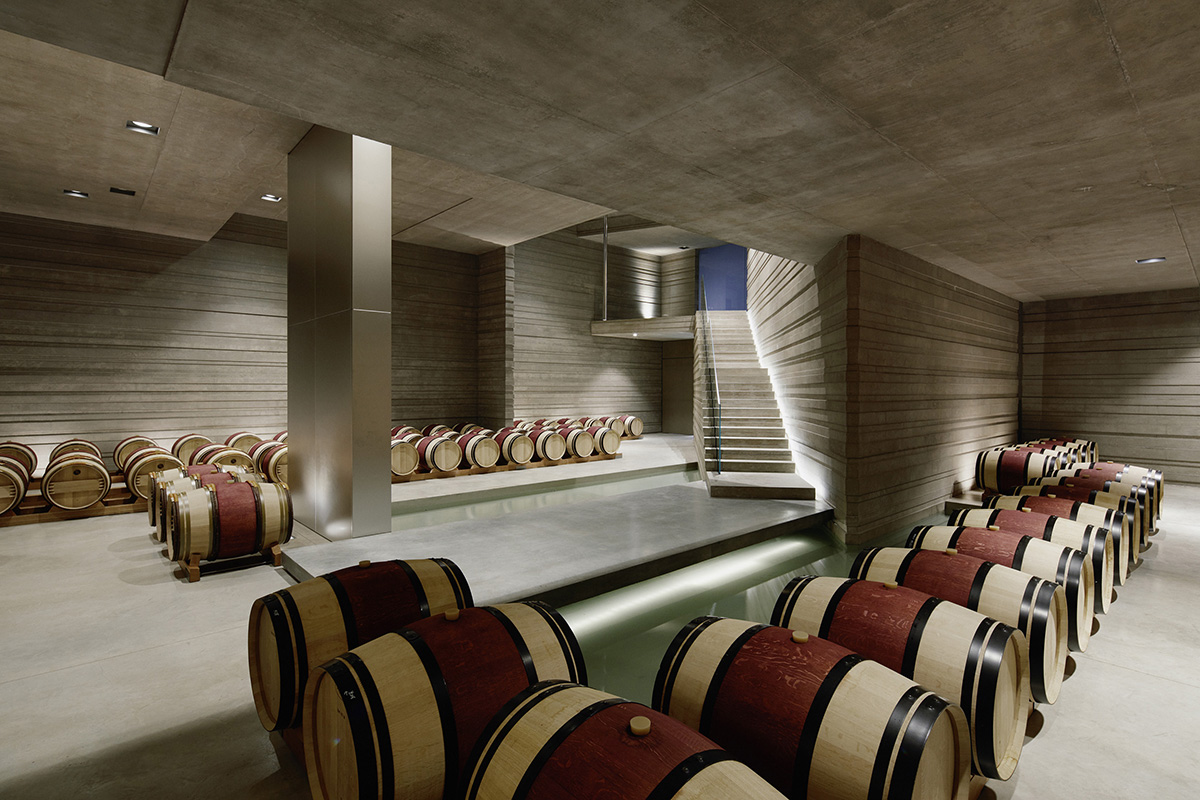
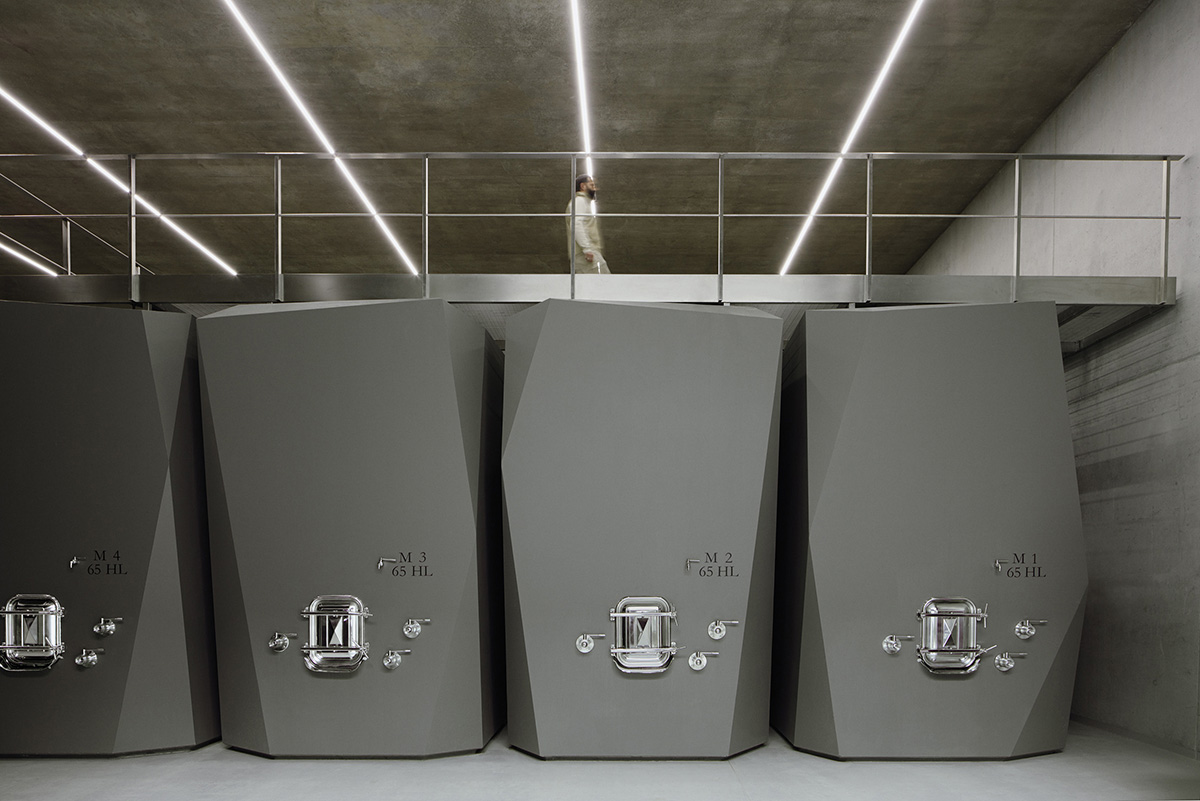
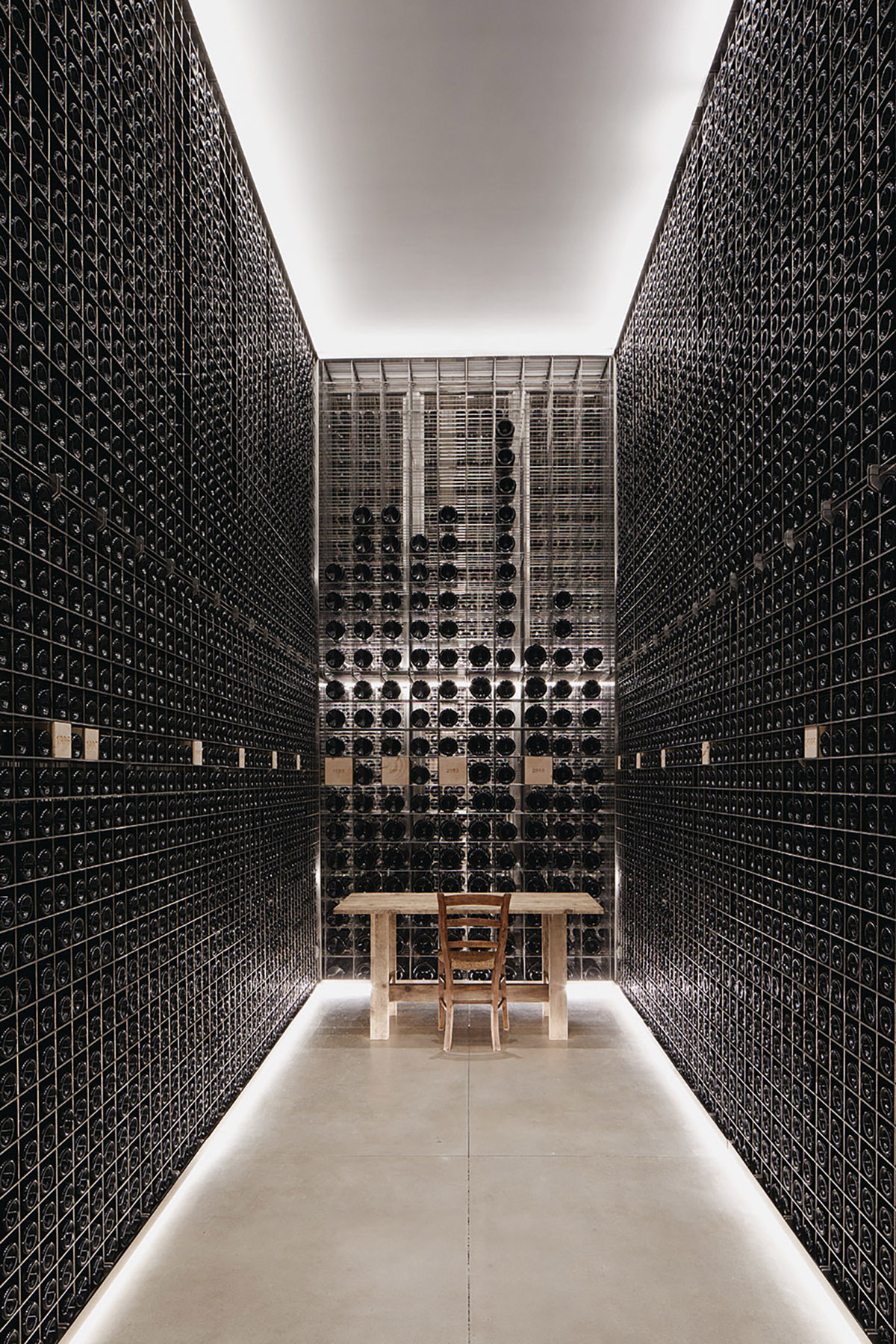
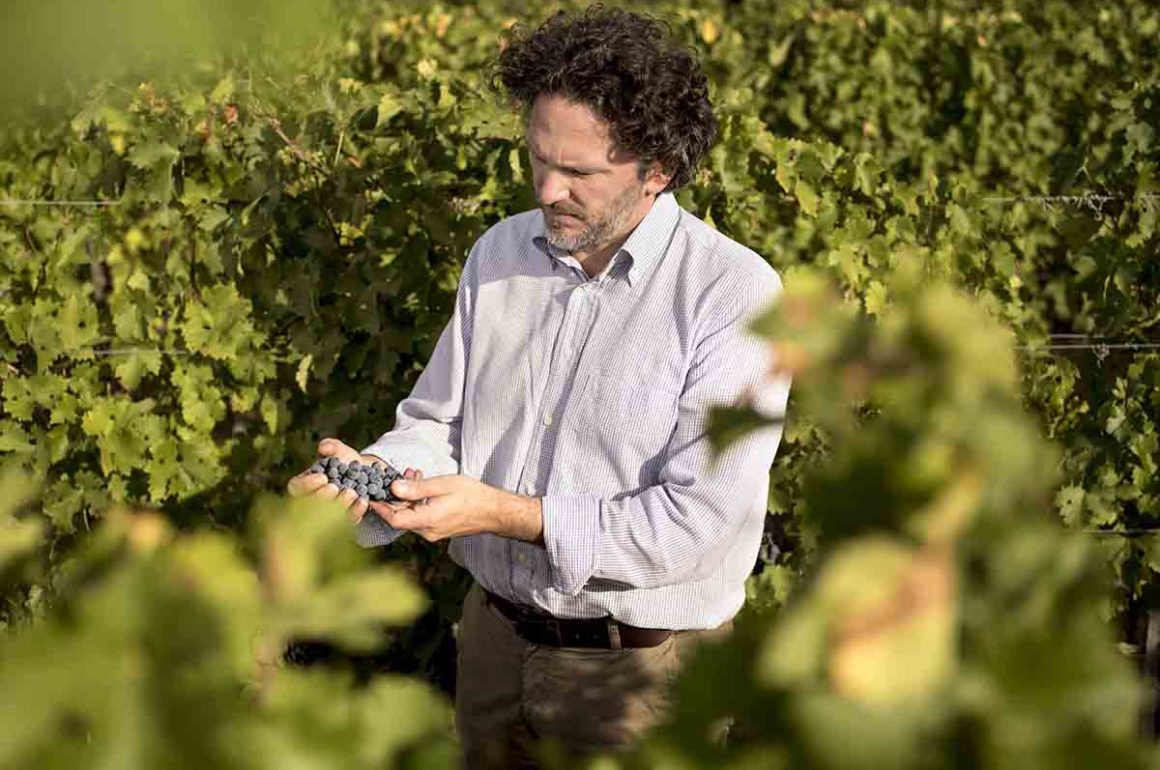
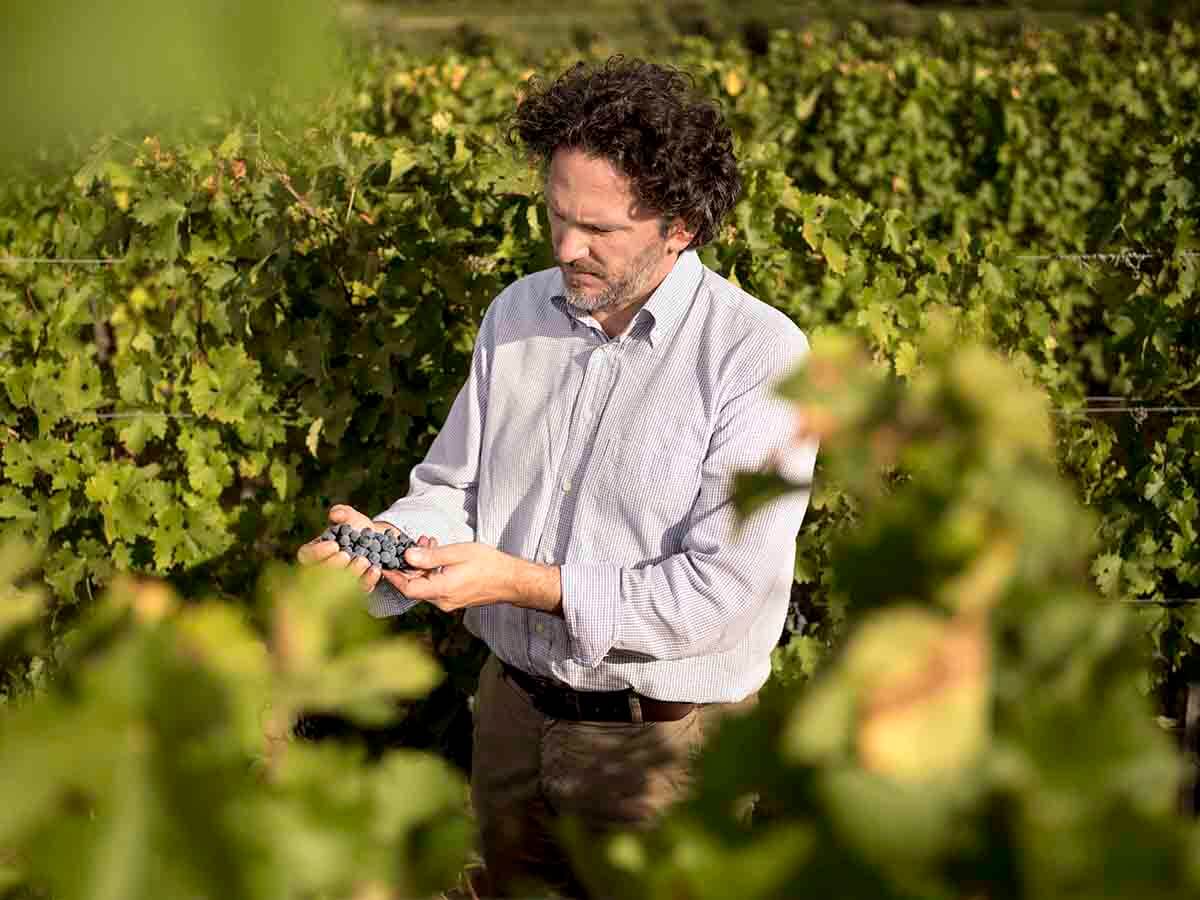
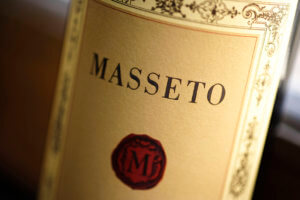 Axel Heinz is not what you would expect of a Tuscan winemaker. Half German, half French, he speaks English with a perfect Received Pronunciation public school accent, the result of a UK school education. He is also thoughtful and philosophical about the great issues surrounding wine – and how he has helped turn
Axel Heinz is not what you would expect of a Tuscan winemaker. Half German, half French, he speaks English with a perfect Received Pronunciation public school accent, the result of a UK school education. He is also thoughtful and philosophical about the great issues surrounding wine – and how he has helped turn 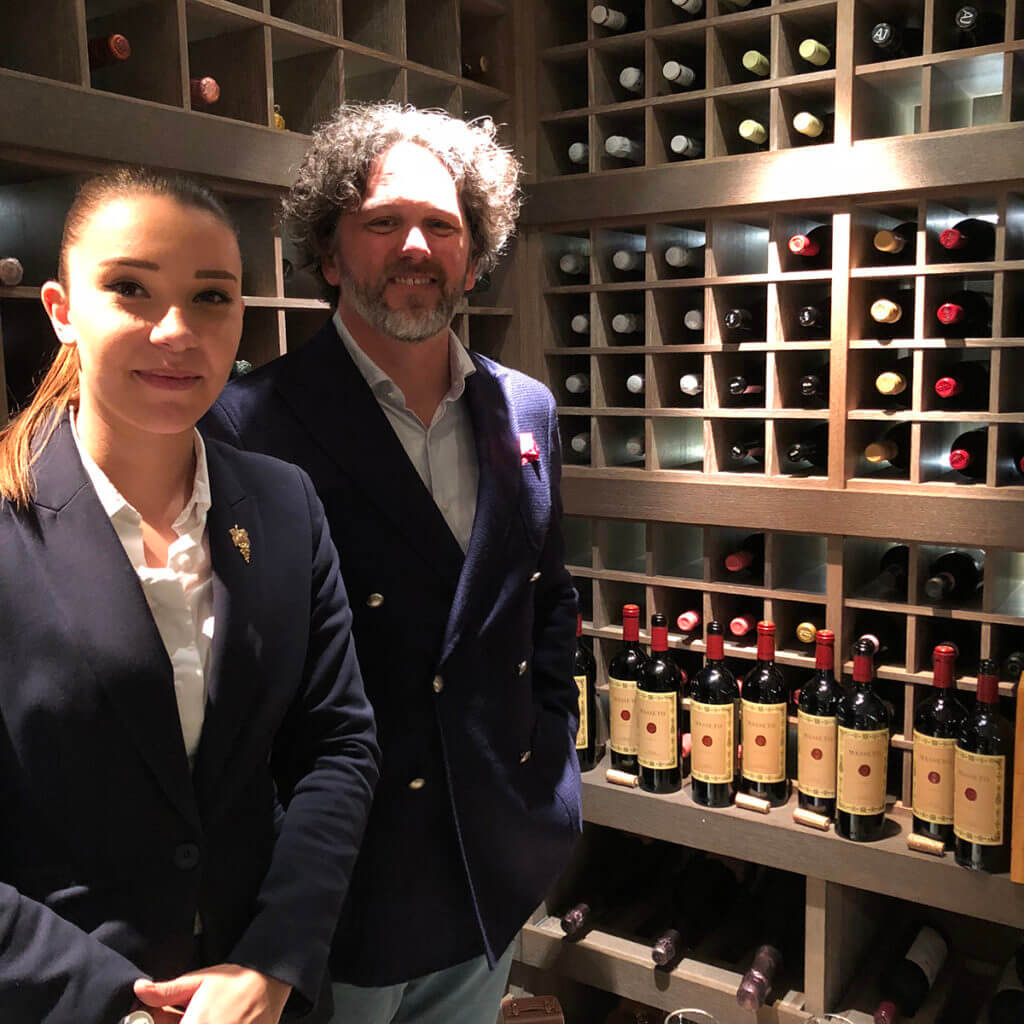
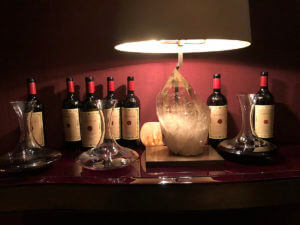
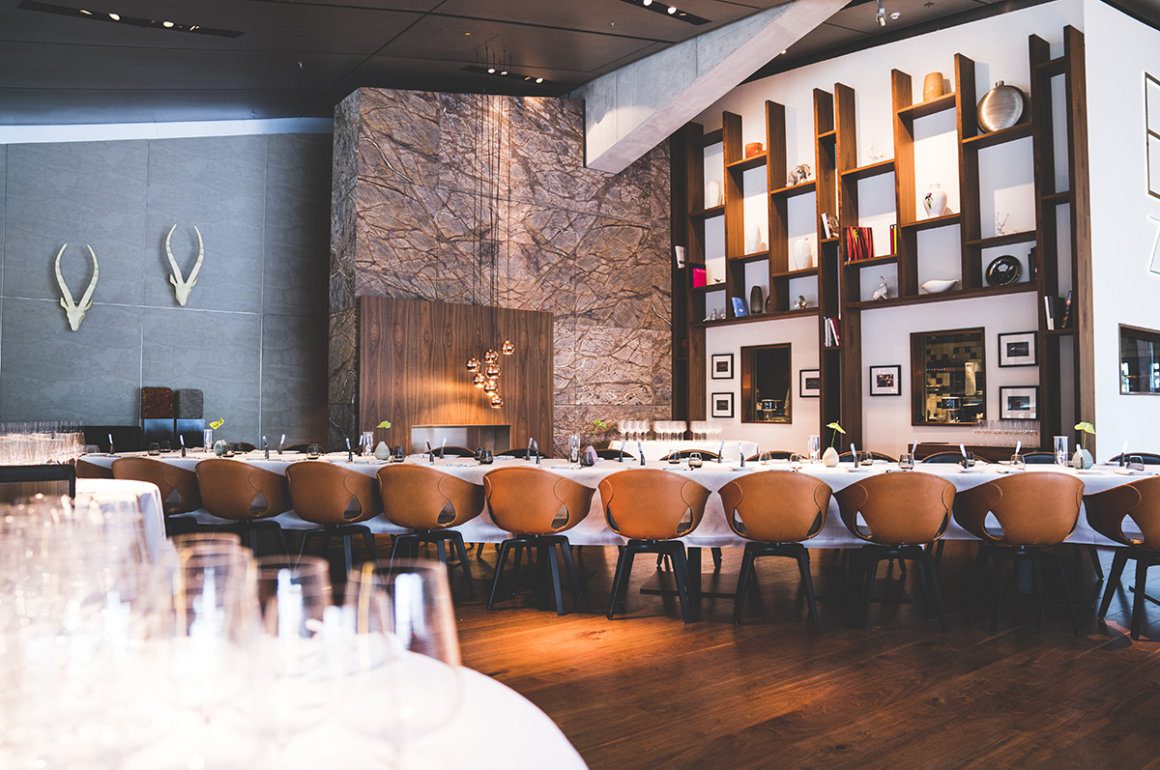
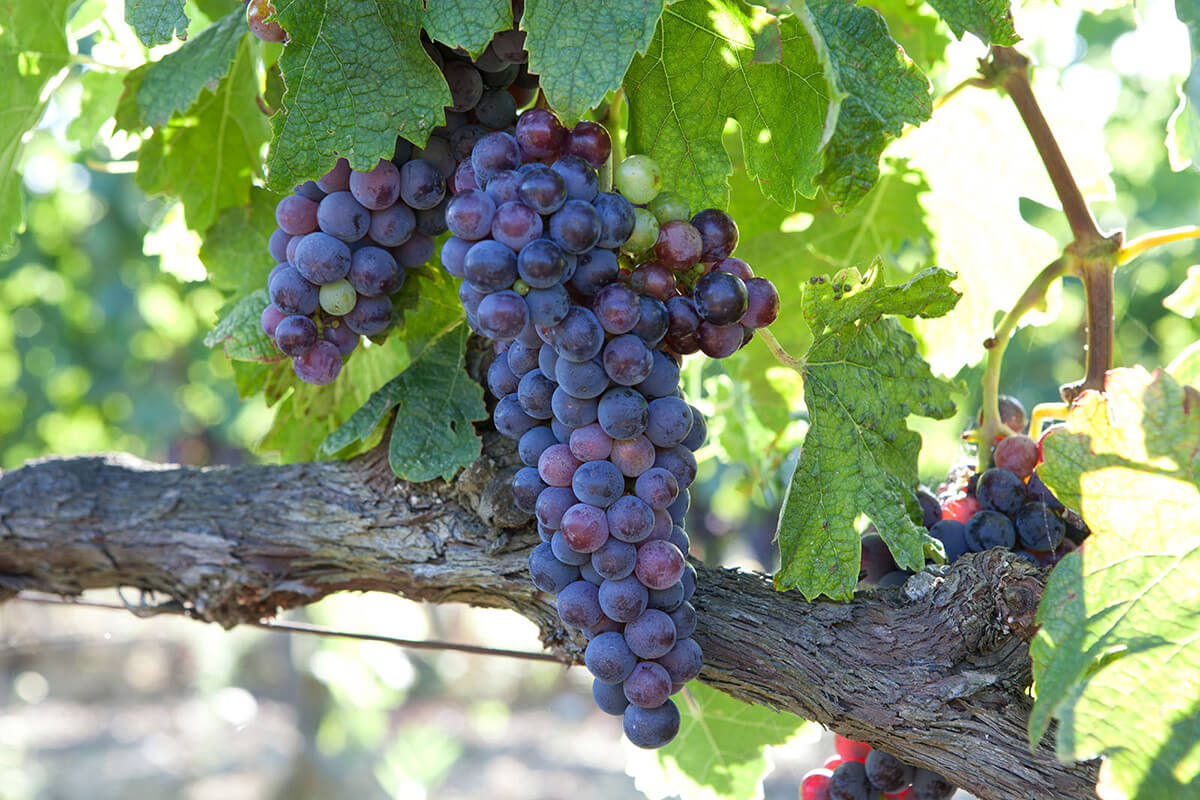
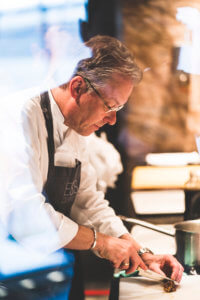 themselves in life’s pleasures, don’t have time to work out which
themselves in life’s pleasures, don’t have time to work out which 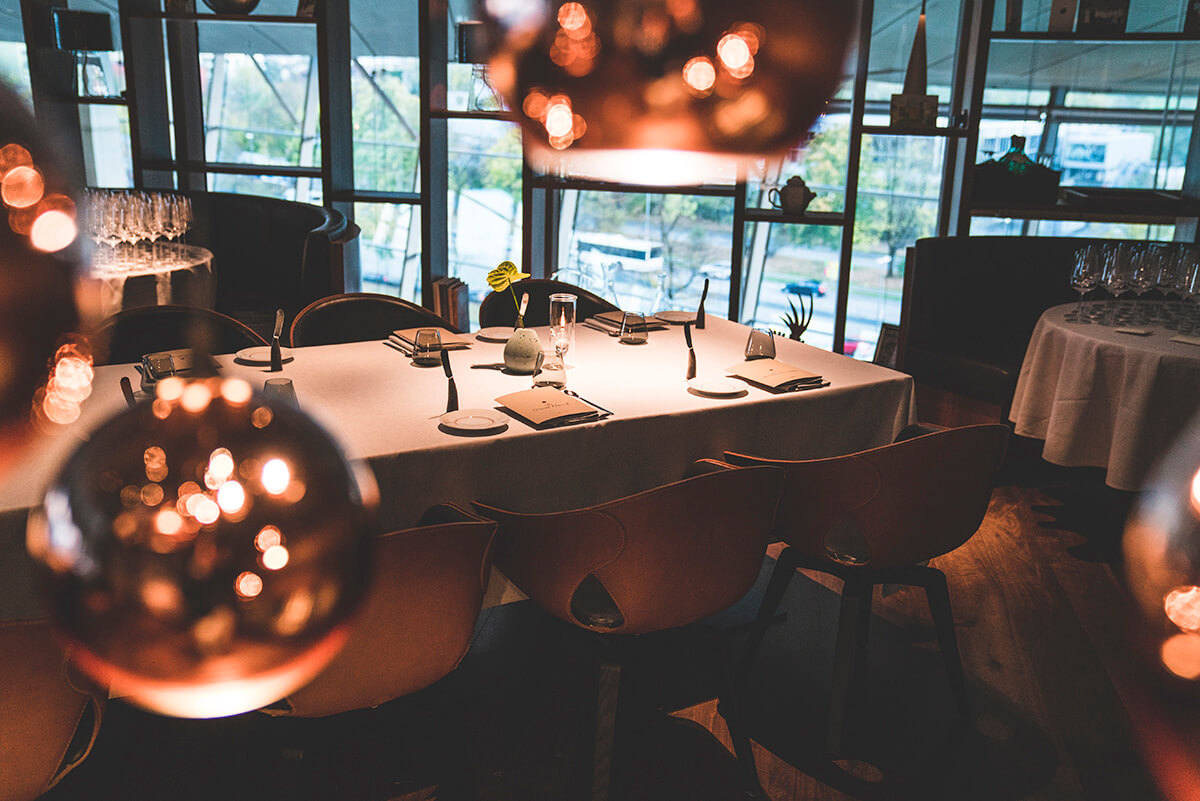

![Barricaia Masseto 1 (media)[1]](https://luxmagkop.files.wordpress.com/2015/09/barricaia-masseto-1-media1.jpg)
![Vigna Masseto 1 (madia)[1]](https://luxmagkop.files.wordpress.com/2015/09/vigna-masseto-1-madia1.jpg)





Recent Comments